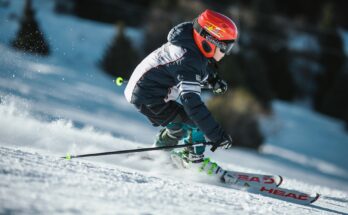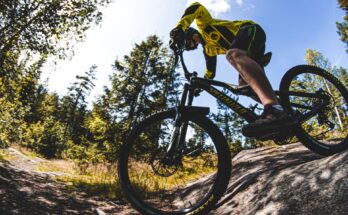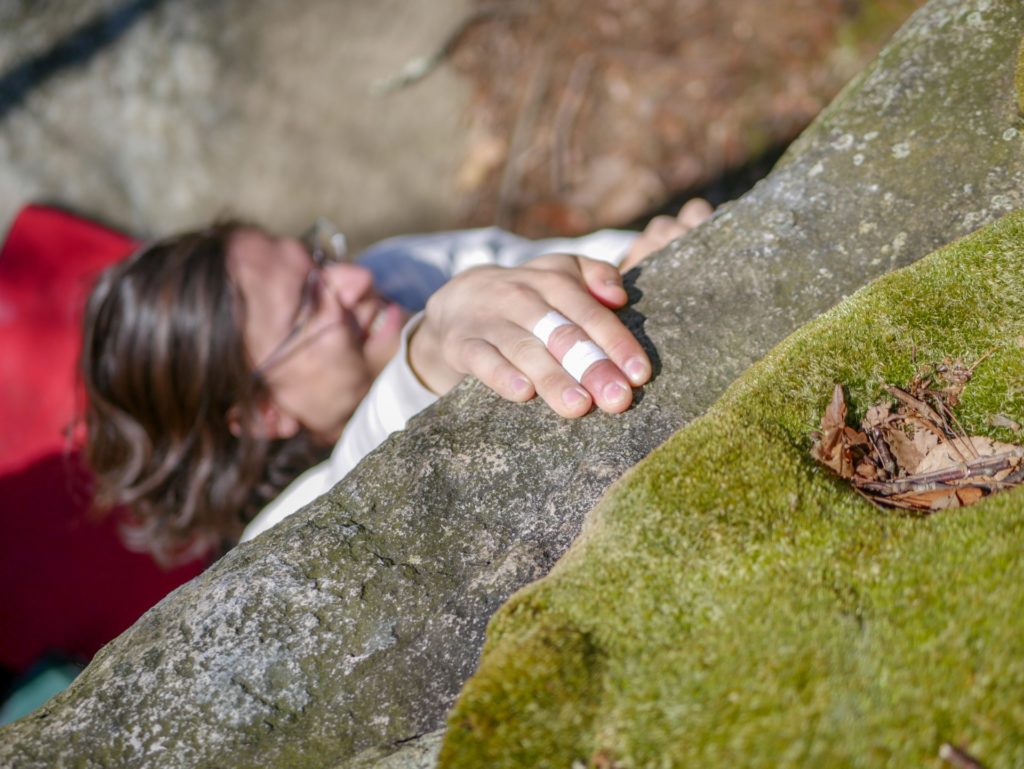
Sports and physical activities are a necessary vice in life. We love to progress and push hard when it comes to what we are passionate about and in this process, it’s inevitable that we will get injured to some degree. Every sport tends to utilize the same muscles and movements and therefore athletes will develop muscle imbalances specific to their activity. The more we understand a sport and the muscles they elicit, the better equipped we are to predict patterns of injury and dysfunction. A Rock Climber’s Guide helps to analyze rock climbing and develop a plan to prevent injury and continue to progress however we need a strategy for rehabilitation when it comes to the injuries we might already have, or encounter regardless.
Pulley Injuries
Pulley warm up/rehab
Elbow injuries
Elbow warm up/rehab
Shoulder injuries
Shoulder warm up/rehab
Lower limb injuries
Lower limb warm up/rehab
Pulley Injuries
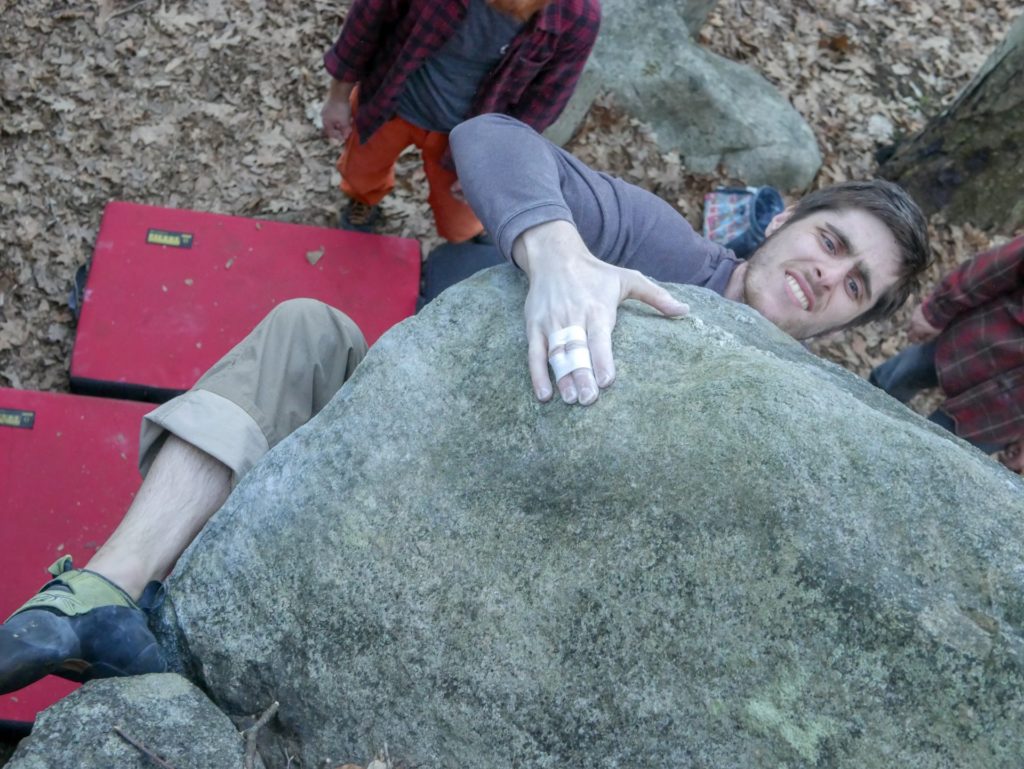
Pulley injuries are some of the most common hand injuries amongst climbers. There are several pulleys throughout your fingers that help to anchor the tendons to the bone. Often these pulleys become strained or ruptured and can take many months to heal. The a2 pulley is the most common pulley injured in rock climbing, although other pulleys can become injured as well especially if we are favoring particular crimp styles or compensating for an existing injury.
The pulley protection splint has become an increasingly popular modality amongst physical therapists to support finger tendons and restore strength to a blown pulley. Research shows very promising results amongst climbers who use a pulley protection splint to climb post-injury and a positive probability of returning to good function.
Properly taping your finger while climbing can help prevent pulley injuries that might be forming and to protect pulleys post-injury. Unfortunately, recent evidence shows that taping to prevent pulley injuries is minimally effective, but some support is better than none. There are many methods to taping your fingers, and if your digits are sore to the touch (which is often the case in new climbers and frequent climbers) taping your fingers is a good idea to stop it from getting worse. If pain increases activity should be ceased until pain-free movement is restored. Taping has little to no effect on lock-off strength and grip strength, as outlined in this study.
Although counterintuitive, one of the best rehabilitation strategies for restrengthening a finger for work post-acute-injury phase is hangboard training. Although slight pain might be present when squeezing the finger or hanging, once ROM is restored without pain hangboarding can begin. Hangboarding is a controlled and consistent way to provide varying resistance to your fingers. This is the safest and most effective way to strengthen your fingers. Climbing itself is dynamic and because of this, it is difficult to get consistent repetitive stimulus which is preferred by our bodies to elicit an adaptation. In the beginning stages of finger rehabilitation, assistance can be provided to hangboarding by simply putting our feet down. Less strenuous programming is preferred, a reasonable volume would look something like:
Hangboard warm up/rehab:
2 sets 12 seconds on 5 seconds off x5 4 finger deep pocket repeaters
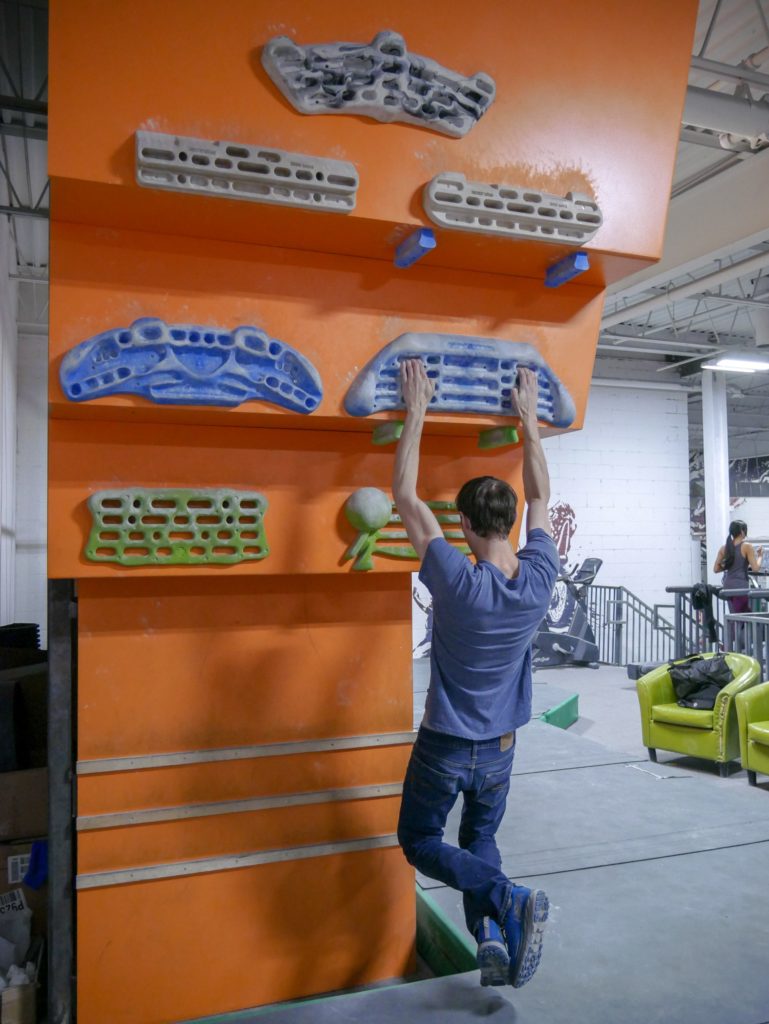
2 sets 12 seconds on 5 seconds off x5 3 finger deep pocket repeaters
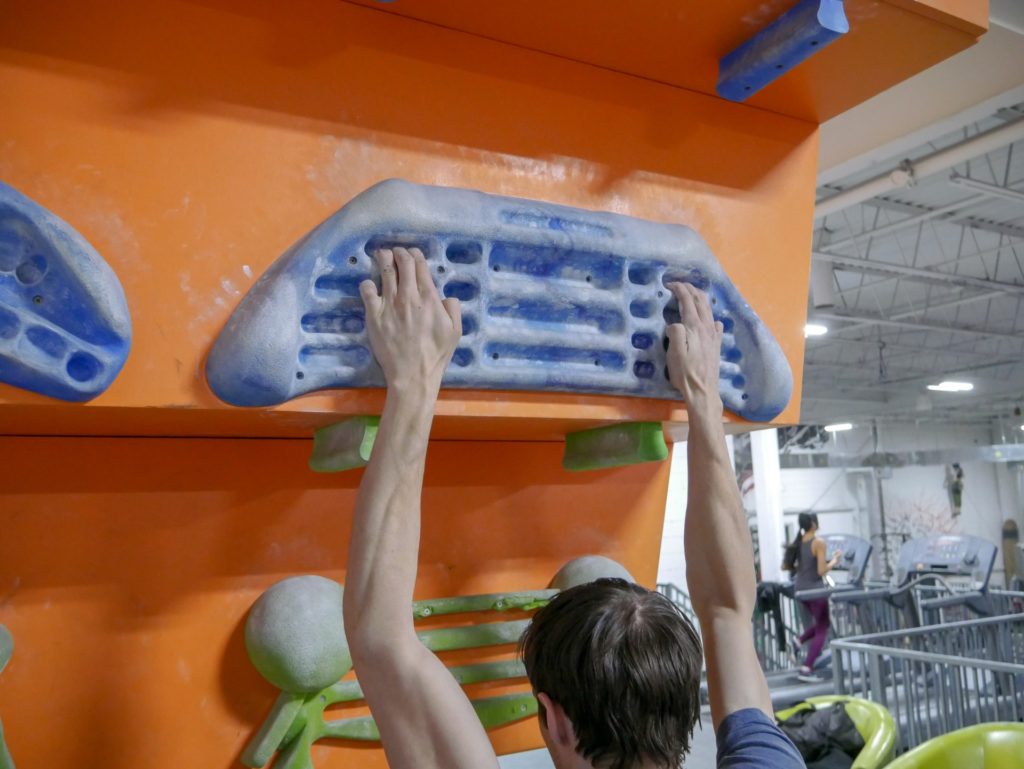
2 sets 10 seconds on 5 seconds off x4 4 finger medium pocket repeaters
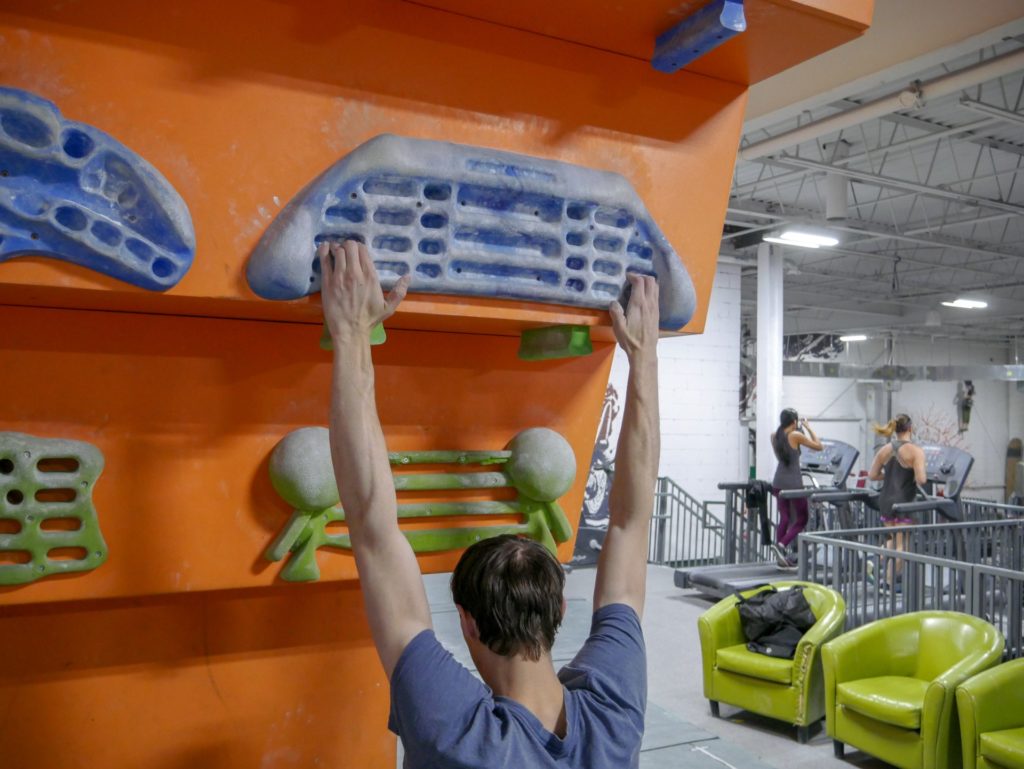
2 sets 10 seconds on 5 seconds off x4 3 finger medium pocket repeaters
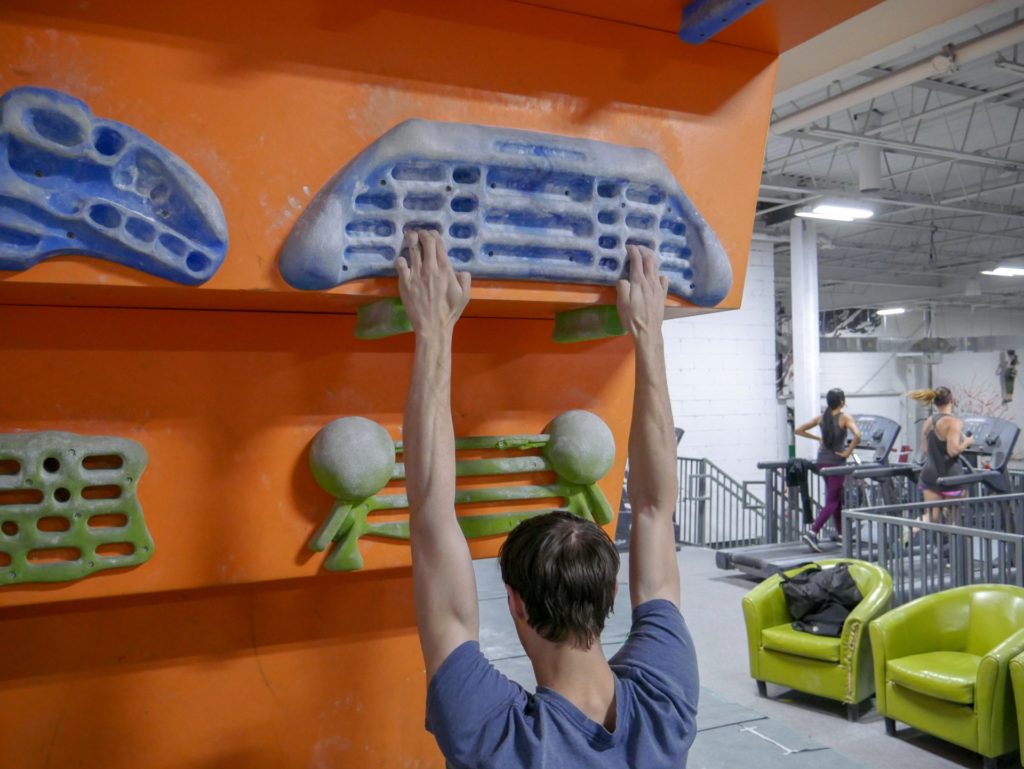
2 sets 6 seconds on 5 seconds off x3 4 finger shallow pocket repeaters
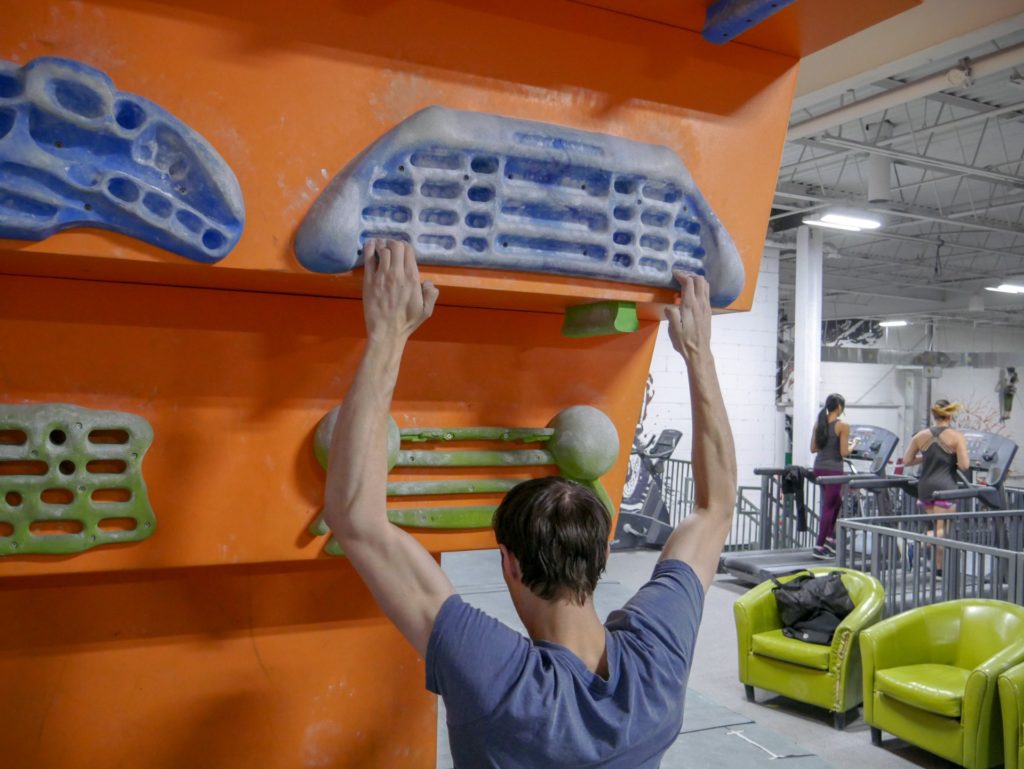
2 sets 6 seconds on 5 seconds off x3 3 finger shallow pocket repeaters
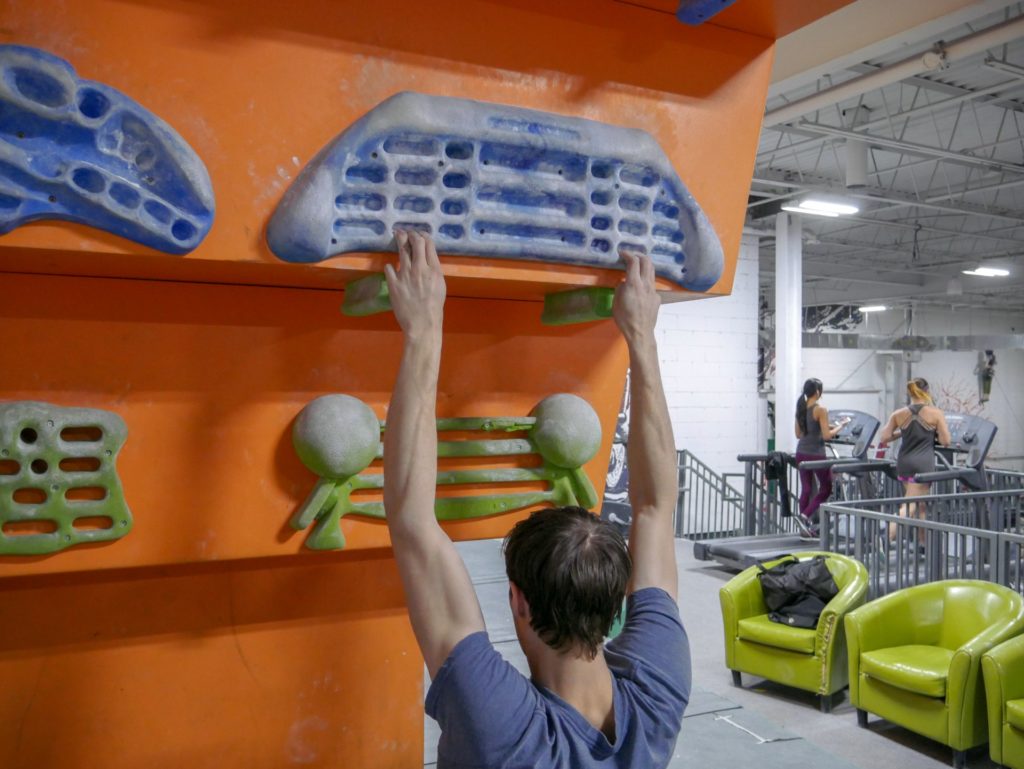
Elbow injuries
Tendonitis is a frequent condition faced by climbers. Some of the most common forms of tendonitis include lateral epicondylitis or tennis elbow. Often tendonitis is a function of a muscular imbalance and overuse patterns. Rock climbers are constantly training and utilizing muscles such as the brachioradialis and brachialis, which are major contributors to outside elbow pain. It is tremendously important to include resistance training in our programming to help strengthen all the muscles supporting the elbow, especially neglected muscles such as the biceps, supinator, and certain wrist extensors. Opposing muscle groups such as the triceps are an essential force couple surrounding the elbow and must not be neglected. A rock climbers guide outlines the often neglected muscles that should be strengthened for a well-balanced hand, wrist, and elbow.
Elbow warm up/rehab:
2 sets 12 supinated bicep curl slow tempo
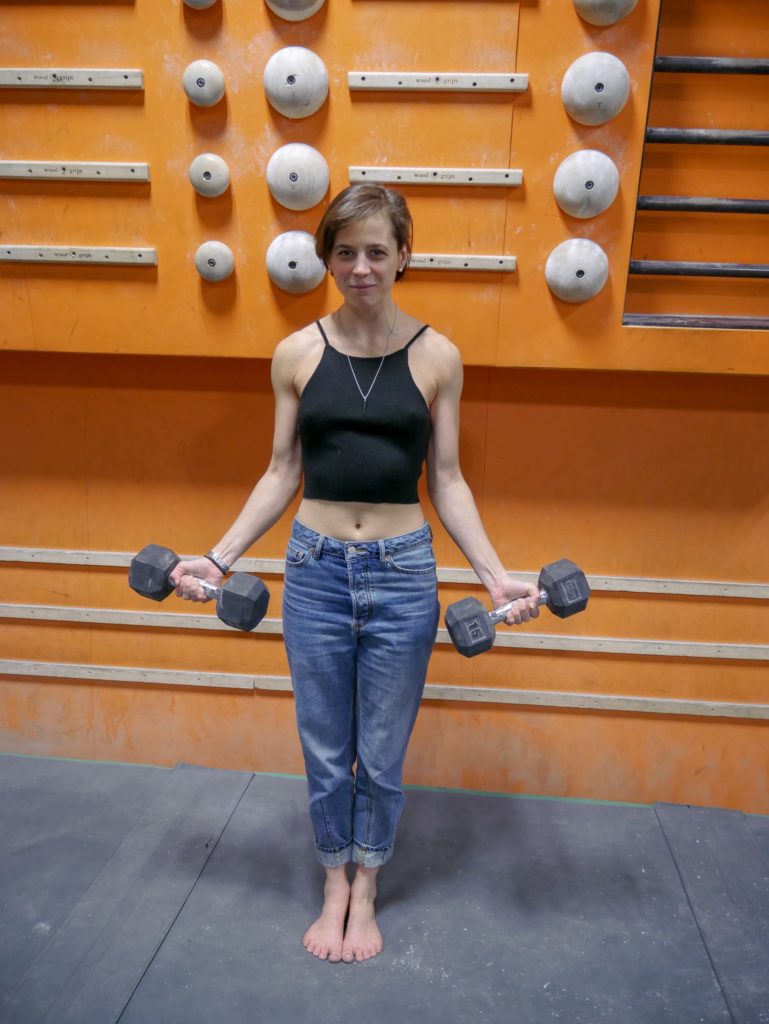
Start 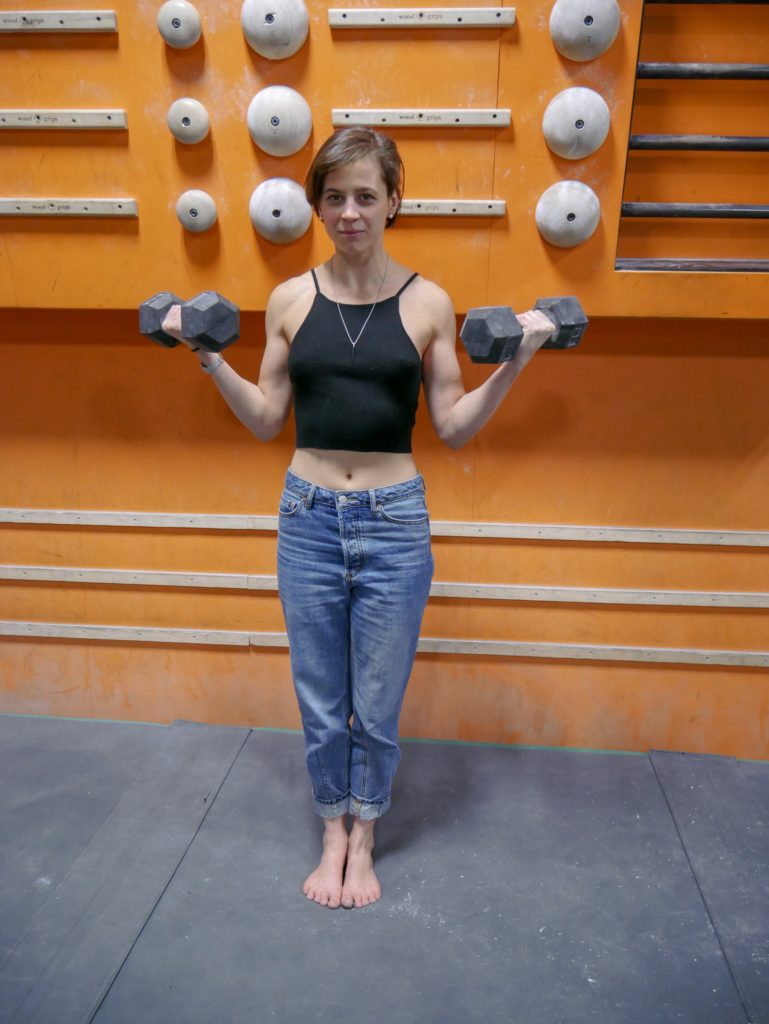
Finish
2 sets 12 seated incline bicep curl slow tempo
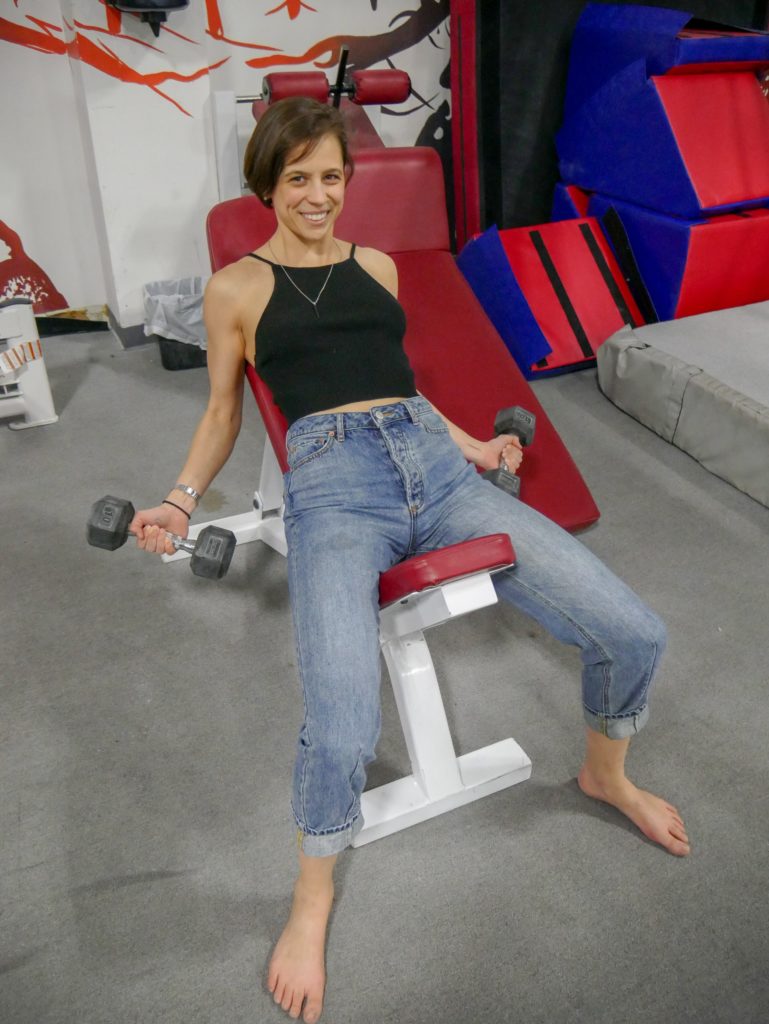
Start 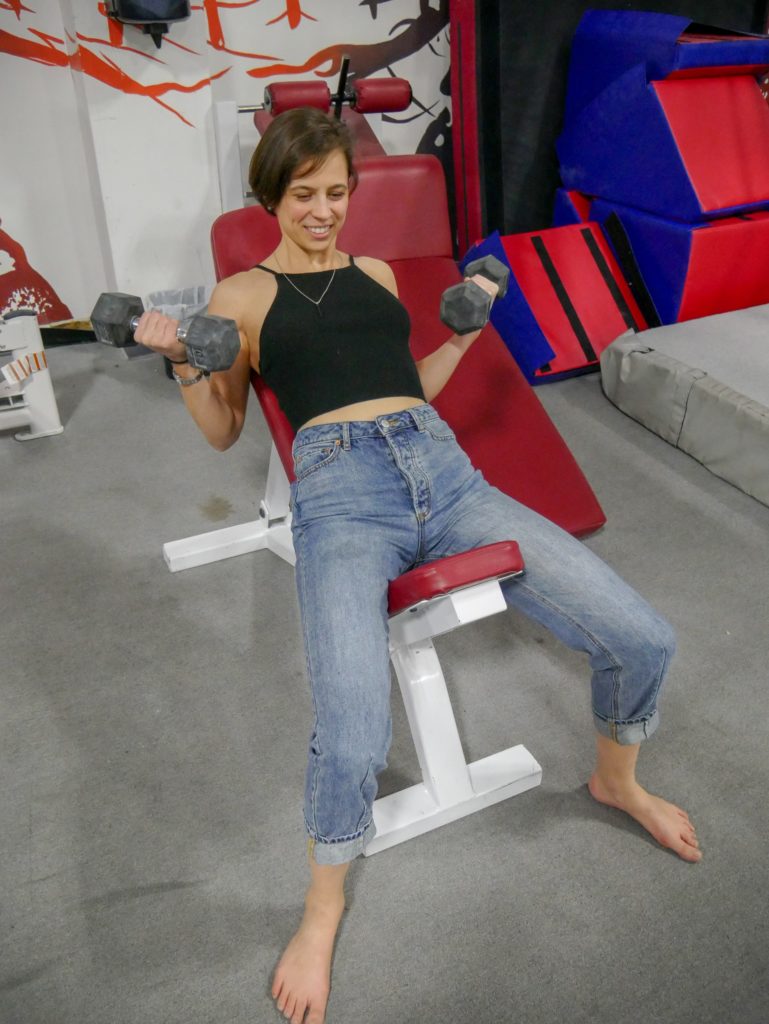
Finish
2 sets 12 concentration curls
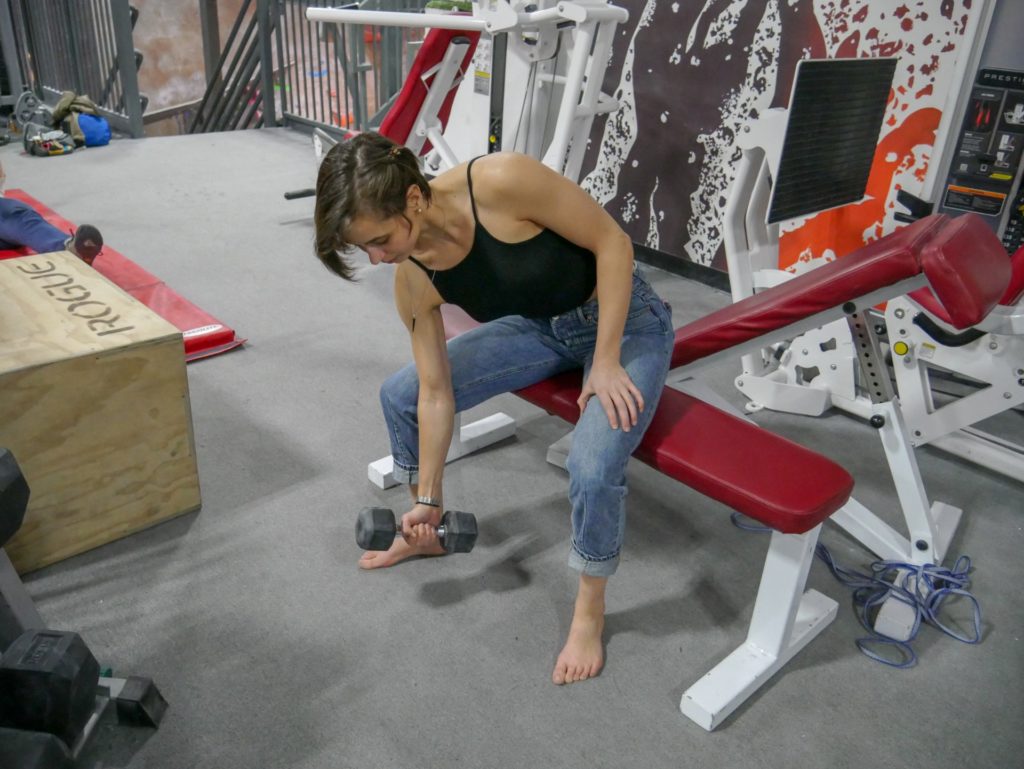
Start 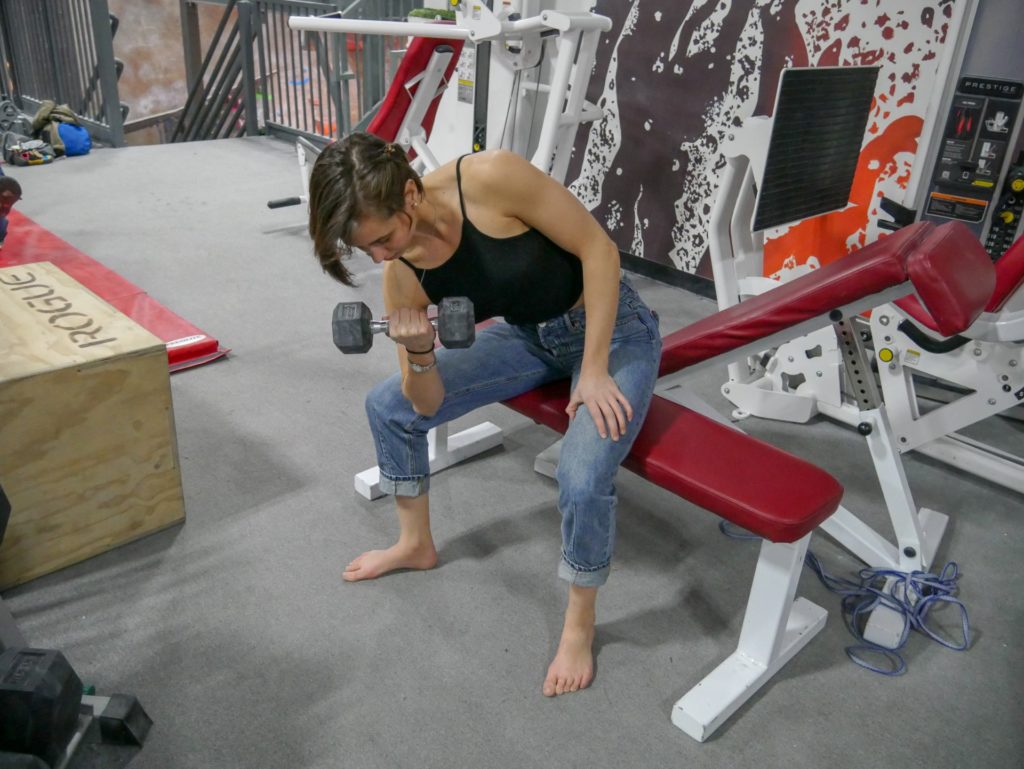
Finish
2 sets AMRAP chin ups
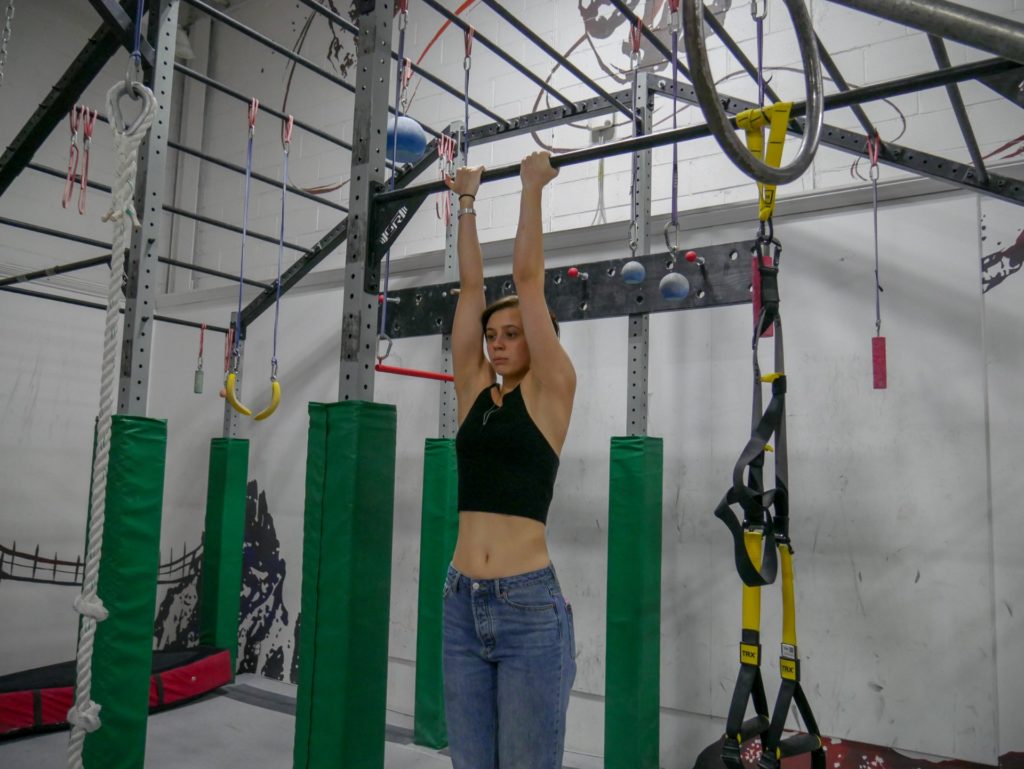
Start 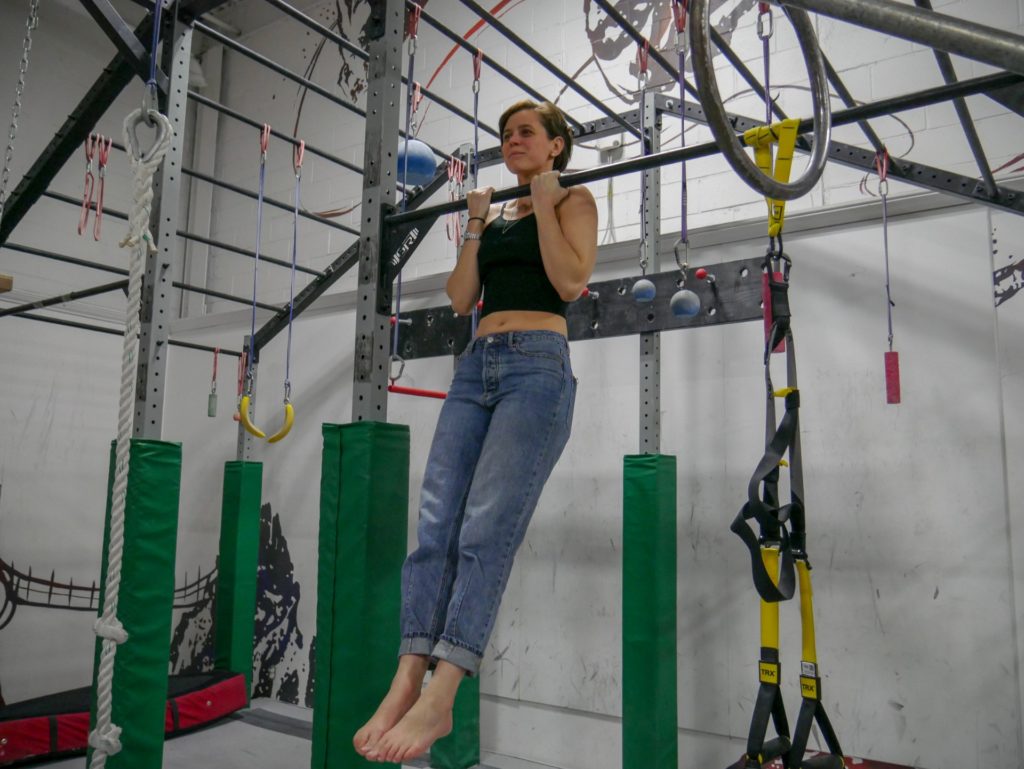
Finish
2 sets 12 tricep rope pushdowns
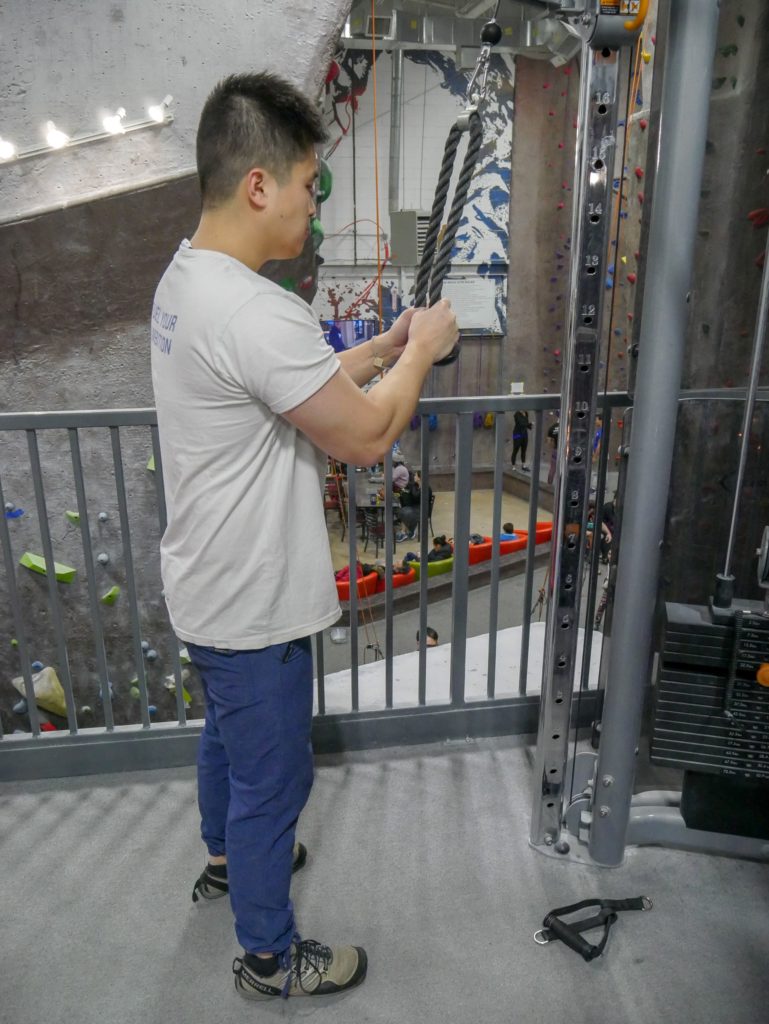
Start 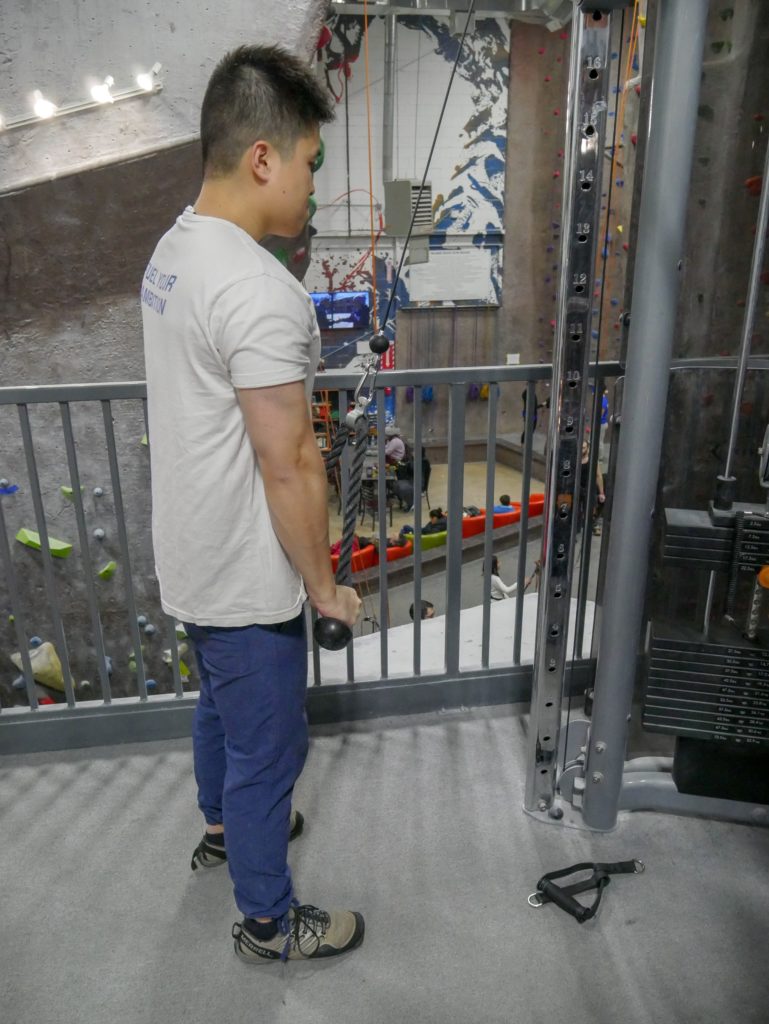
Finish
2 sets 15 donkey kickbacks
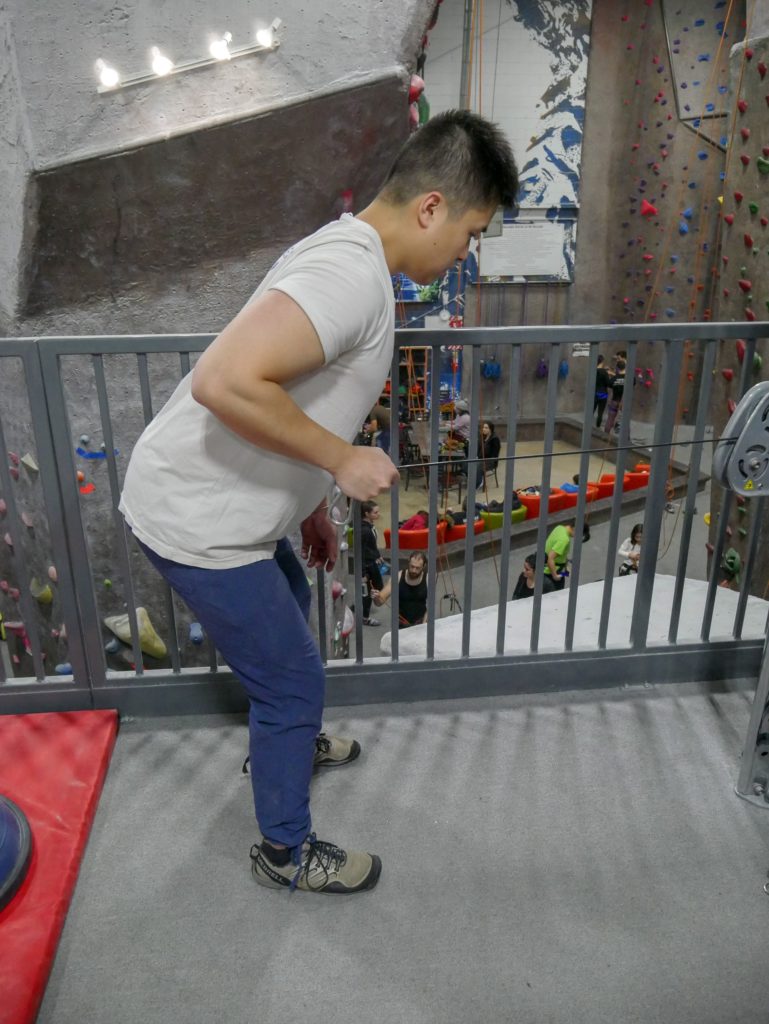
Start 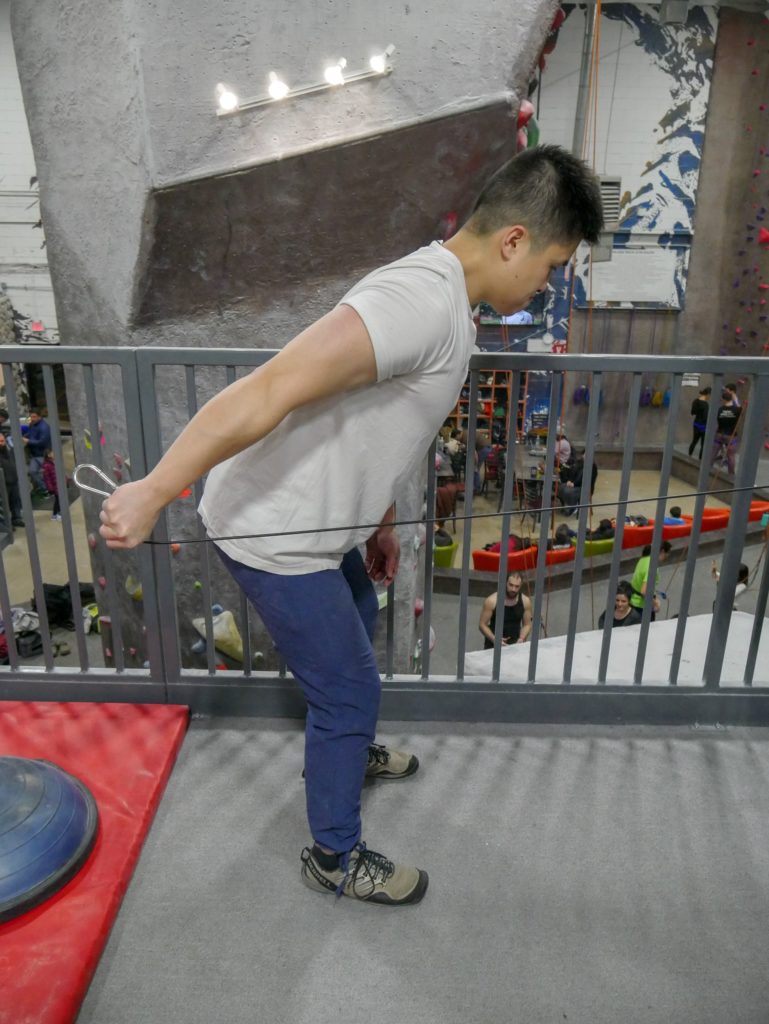
Finish
2 sets 12 overhead tri extension
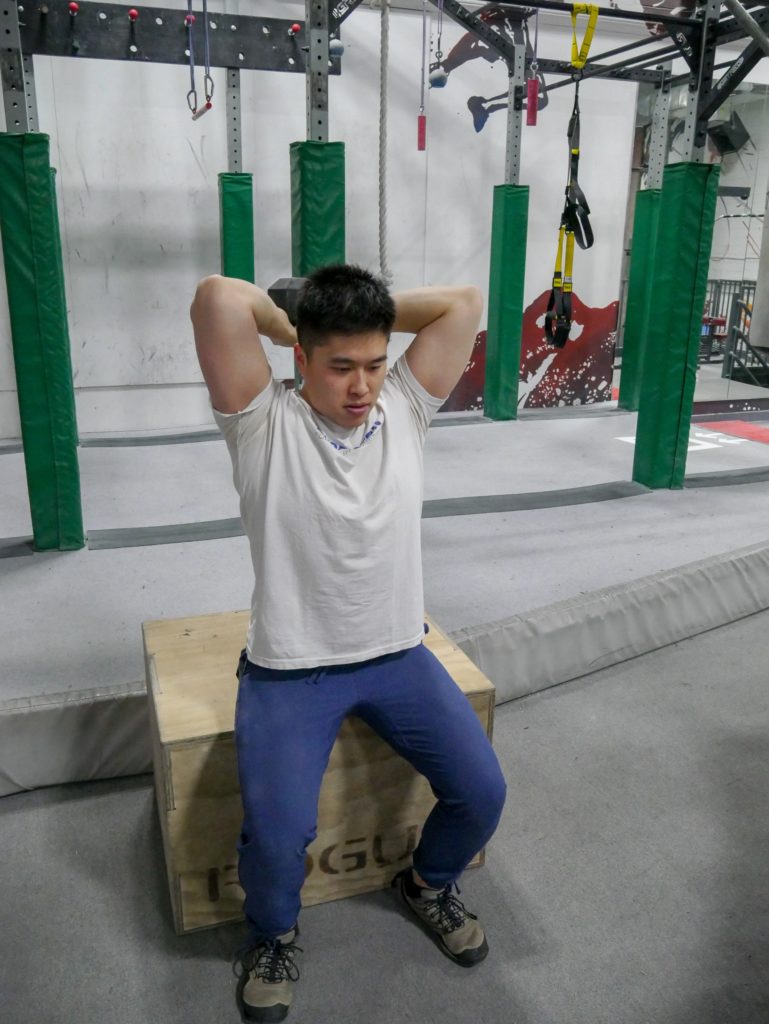
Start 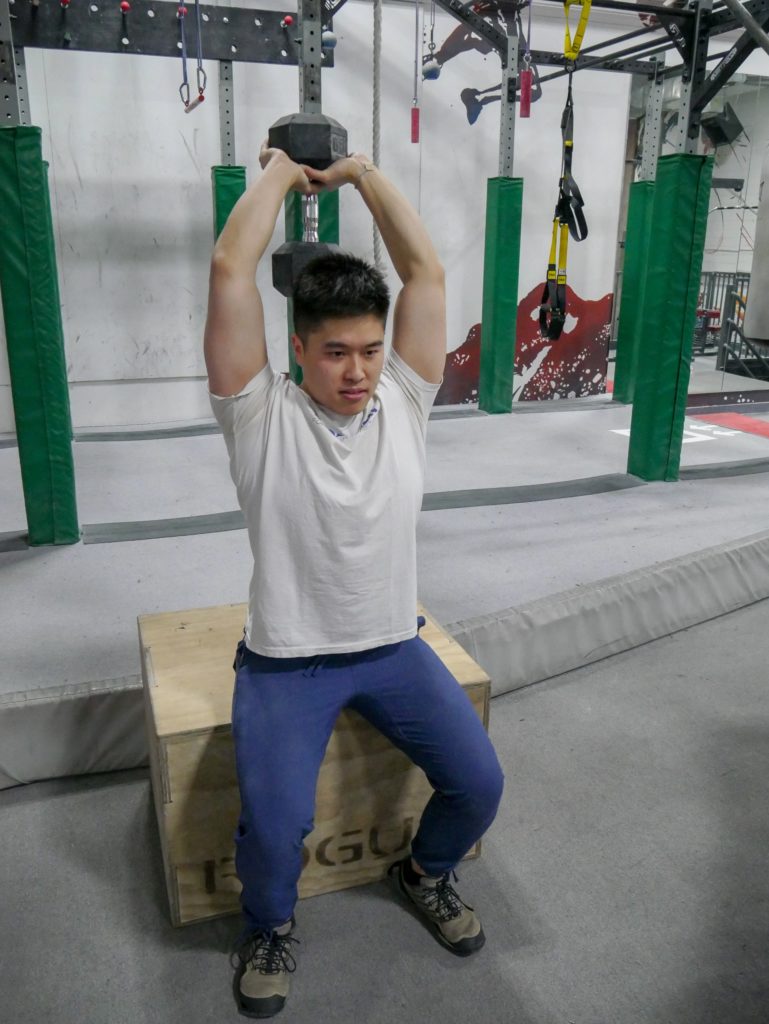
Finish
2 sets AMRAP behind the back dips
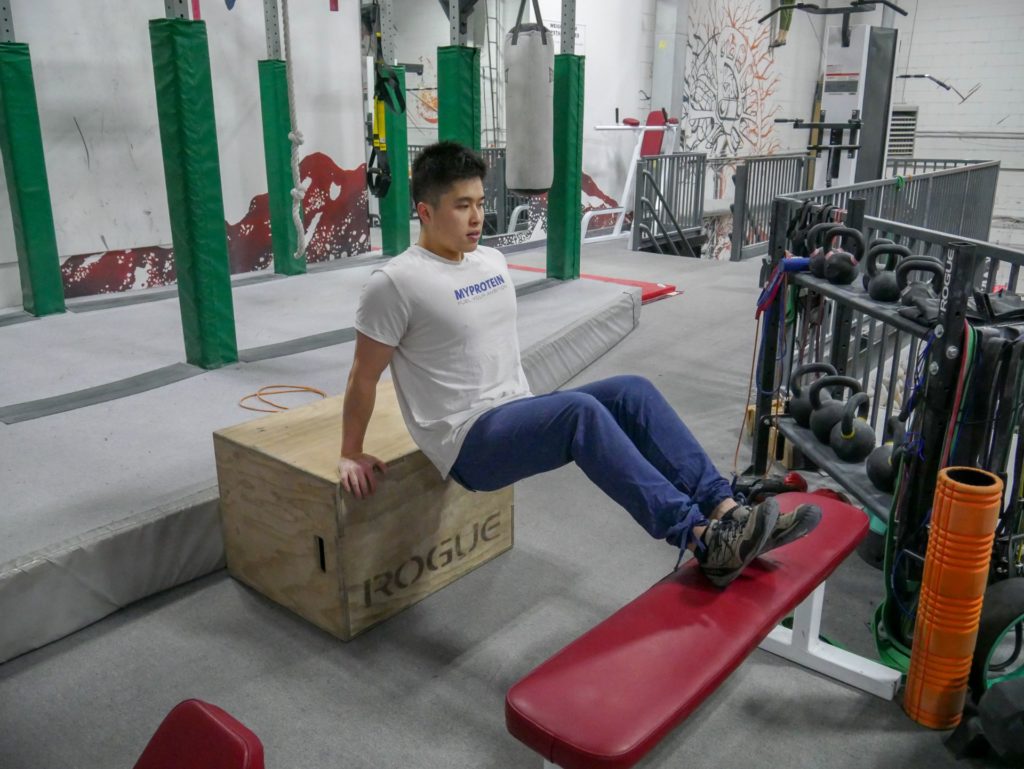
Start 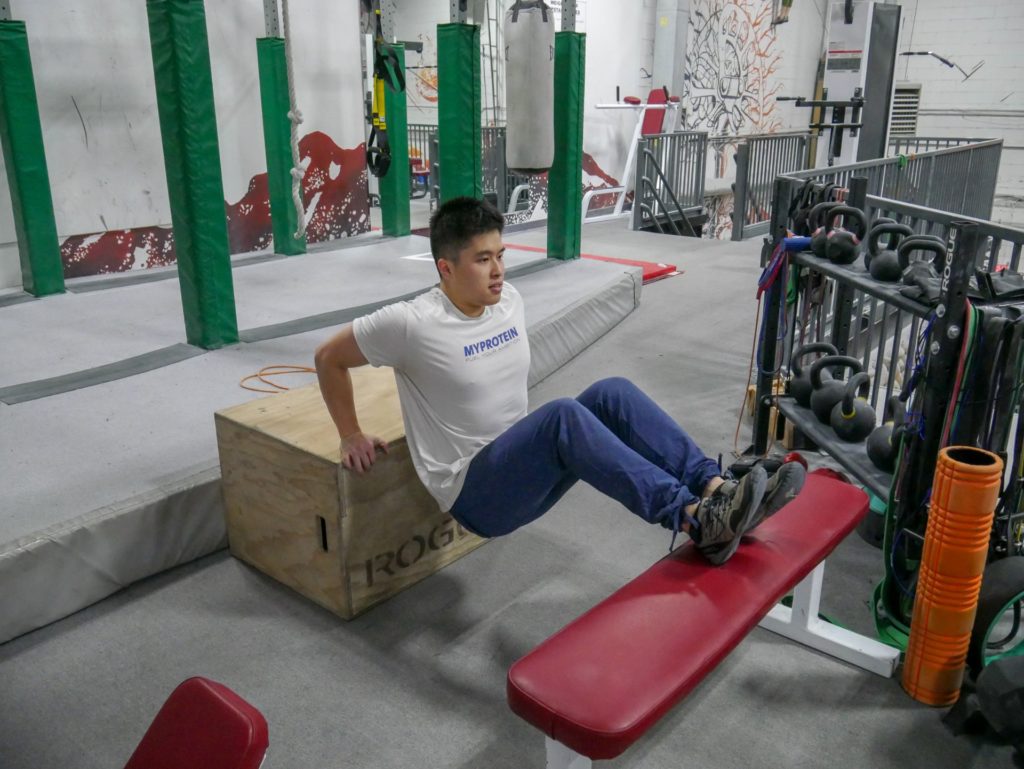
Finish
Shoulder injuries
Shoulder injuries are often a product of big dynamic moves from an overextended position. Labral tears are often permanent however if treated properly surgery can be avoided and full activity can be resumed pain-free. The key to nurturing and managing a labral tear or any shoulder injury for that matter is proper resistance training and strengthening of the shoulder. There are many aspects to the shoulder, we have large primary movers on all sides: our deltoids. Our rotator cuff is comprised of many small muscles that externally and internally rotate our humerus. It’s important to strengthen our deltoids with adequate resistance movements like shoulder raises and shoulder presses, and also strengthen our rotator cuff muscles with high repetitions of rotation movements. Often our external rotation muscles are overdeveloped from climbing so external rotation movements should only be included if weakness is present, or specifically for external rotator cuff muscle rehabilitation.
Shoulder and rotator cuff warm up/rehab:
2 sets 12 overhead press
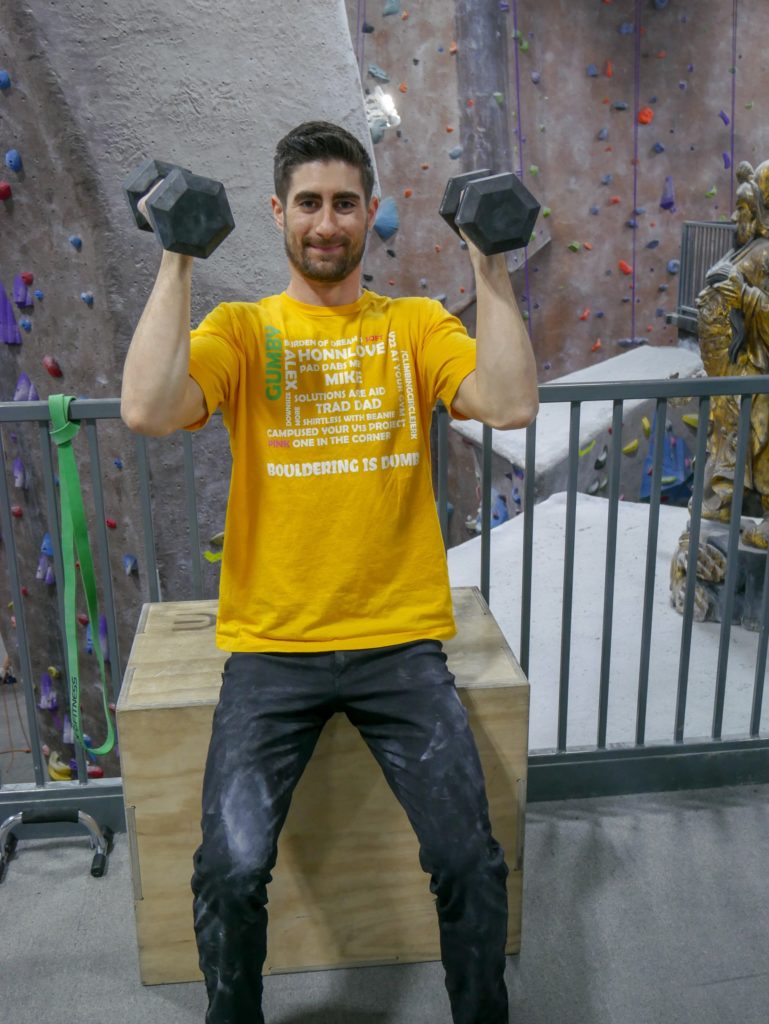
Start 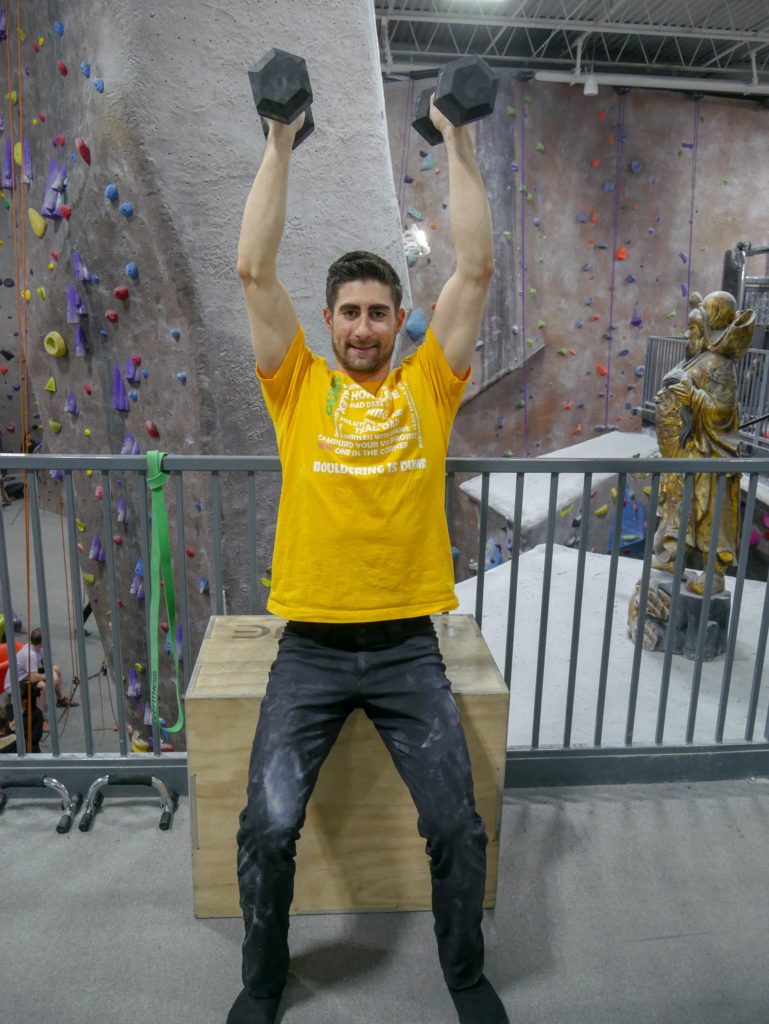
Finish
2 sets 12 front raises
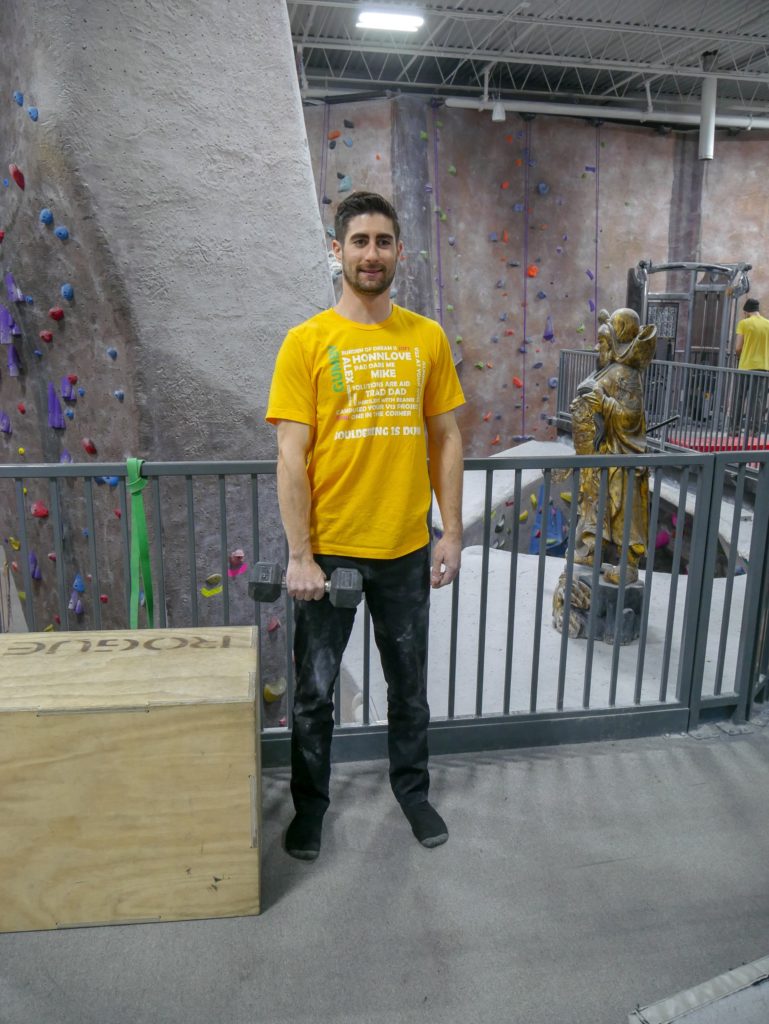
Start 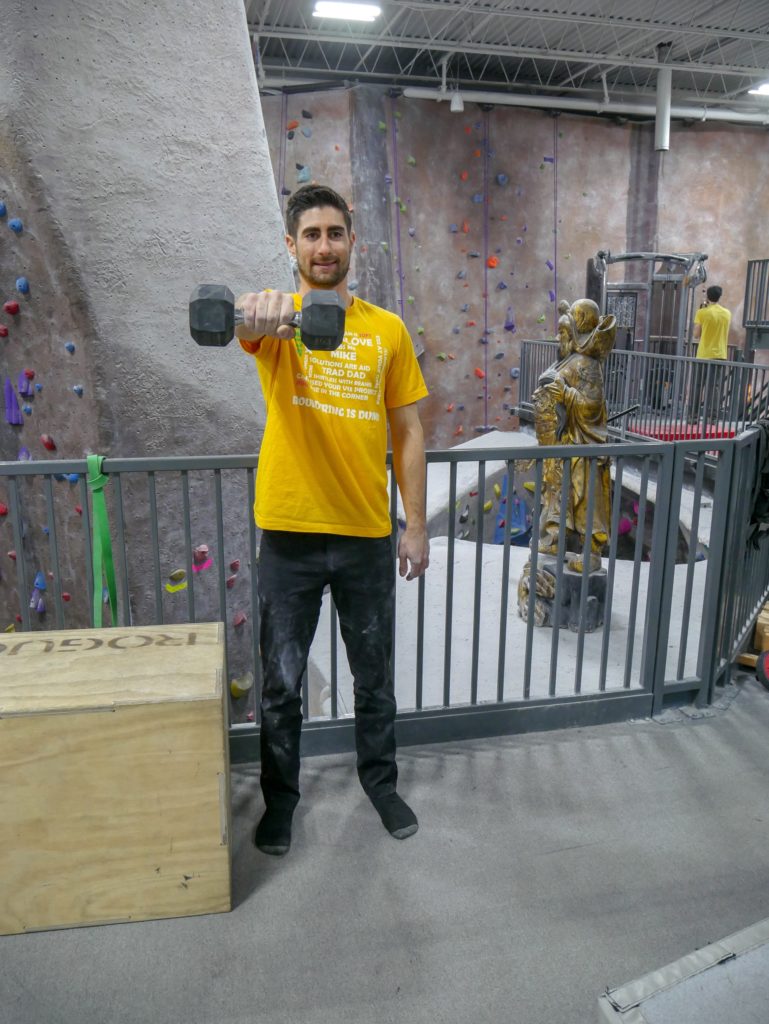
Finish
2 sets 12 side raises
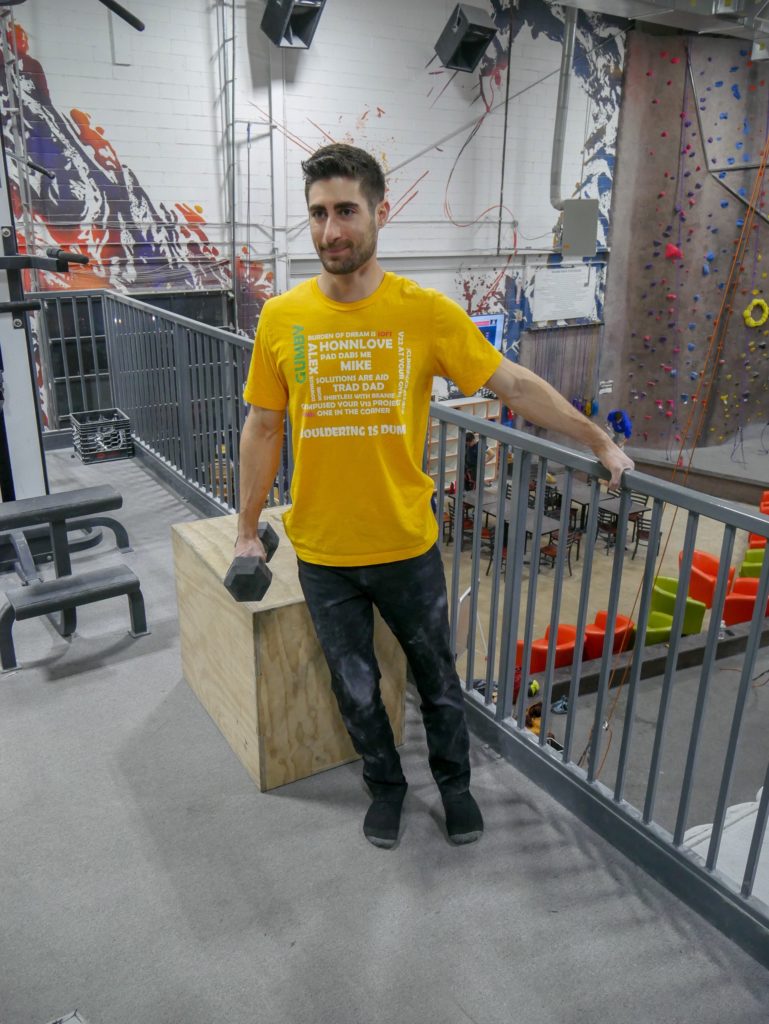
Start 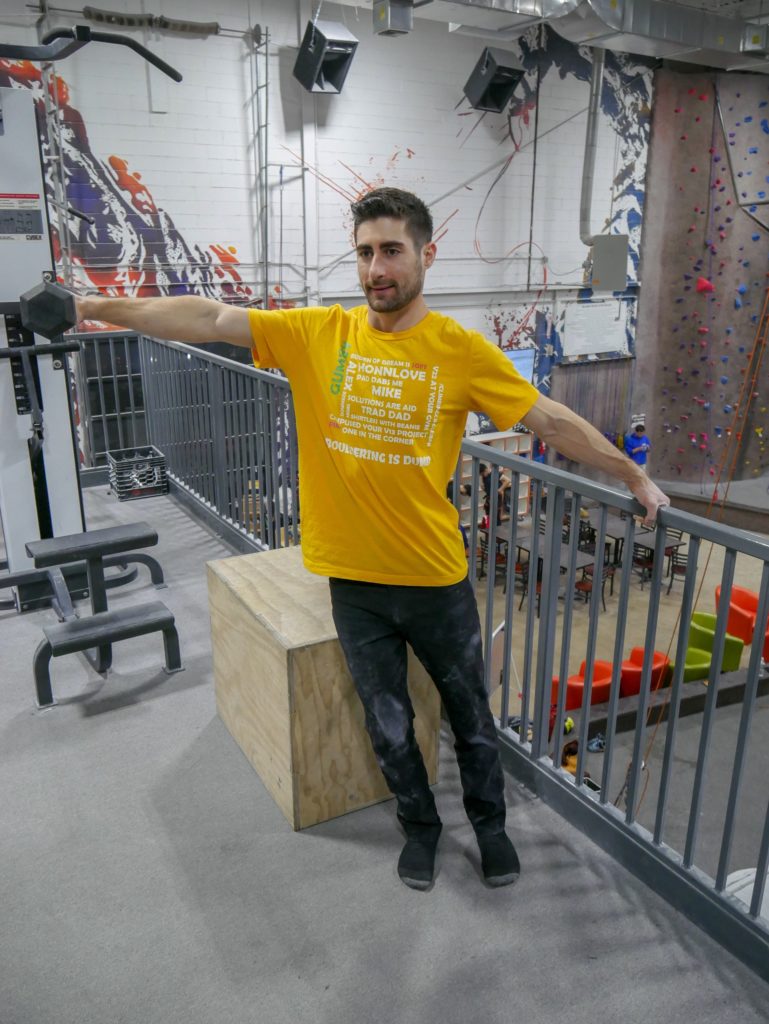
Finish
2 sets 15 cable internal rotations
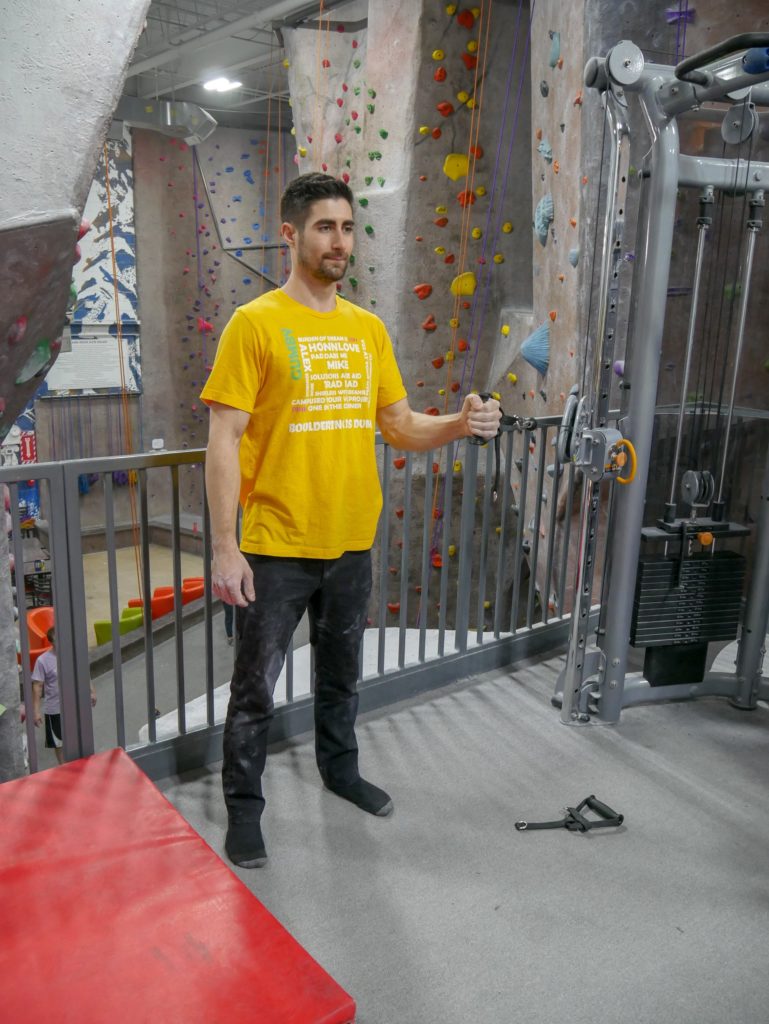
Start 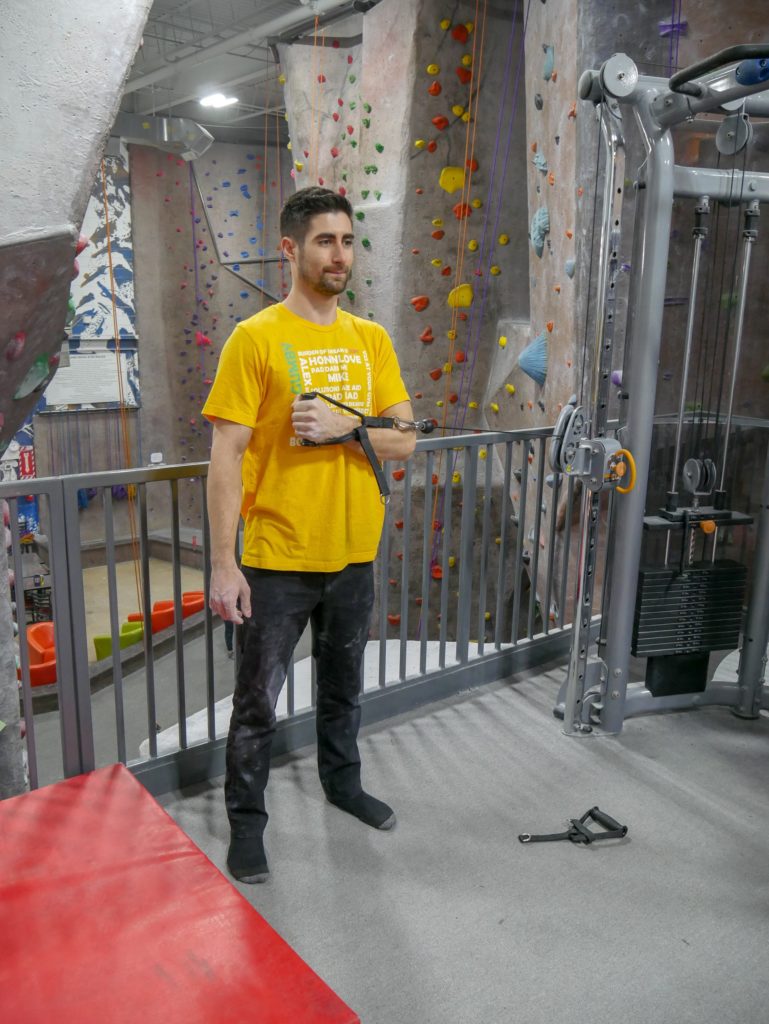
Finish
Optional:
2 sets 12 rear delt flys
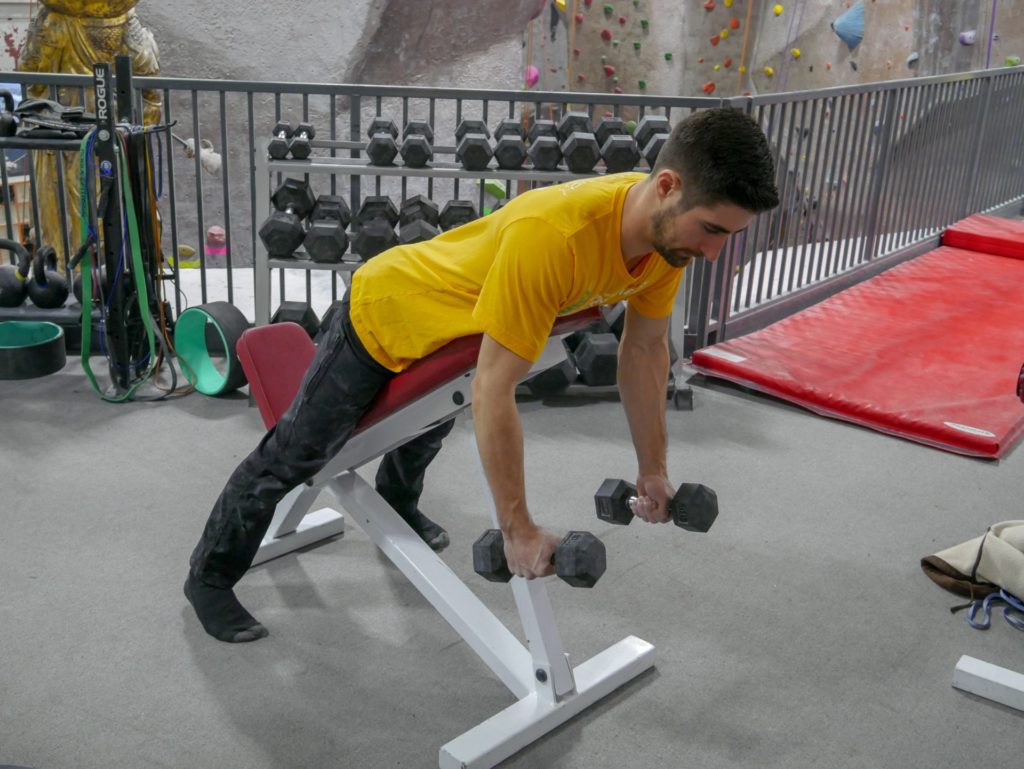
Start 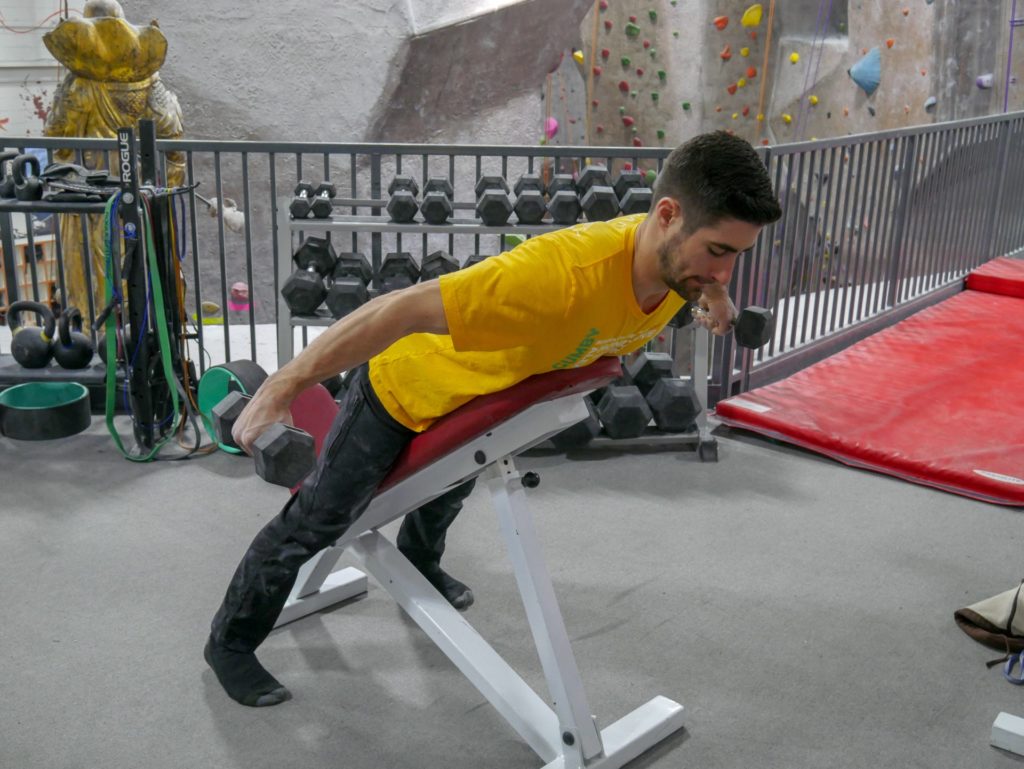
Finish
2 sets 15 cable external rotations
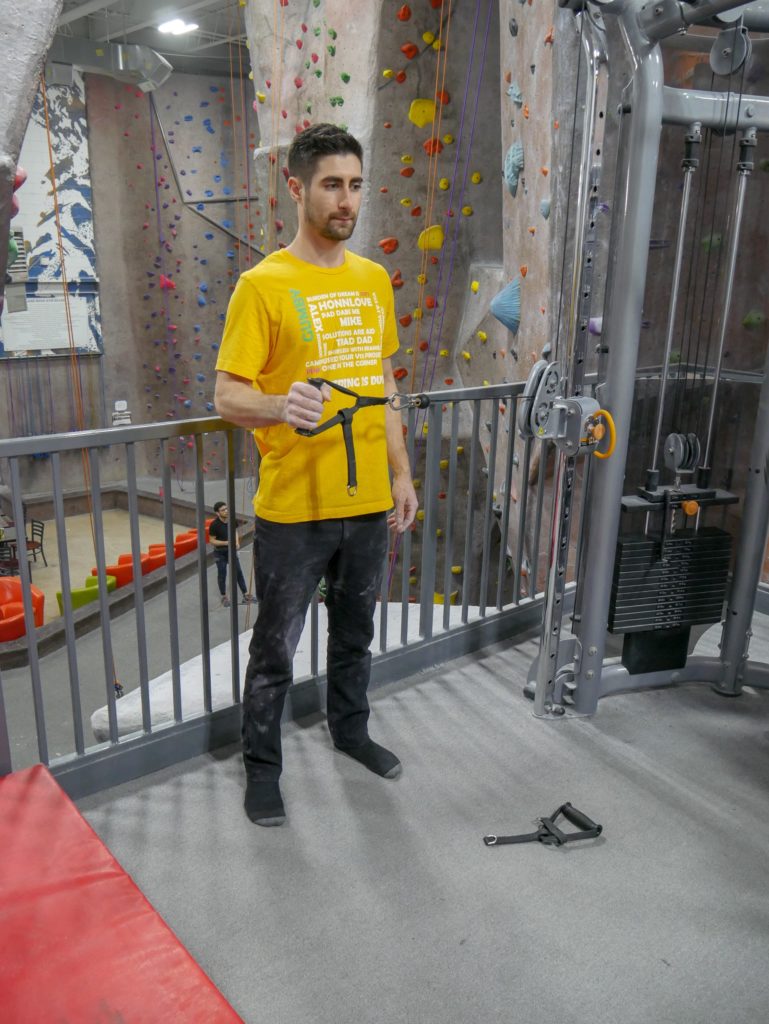
Start 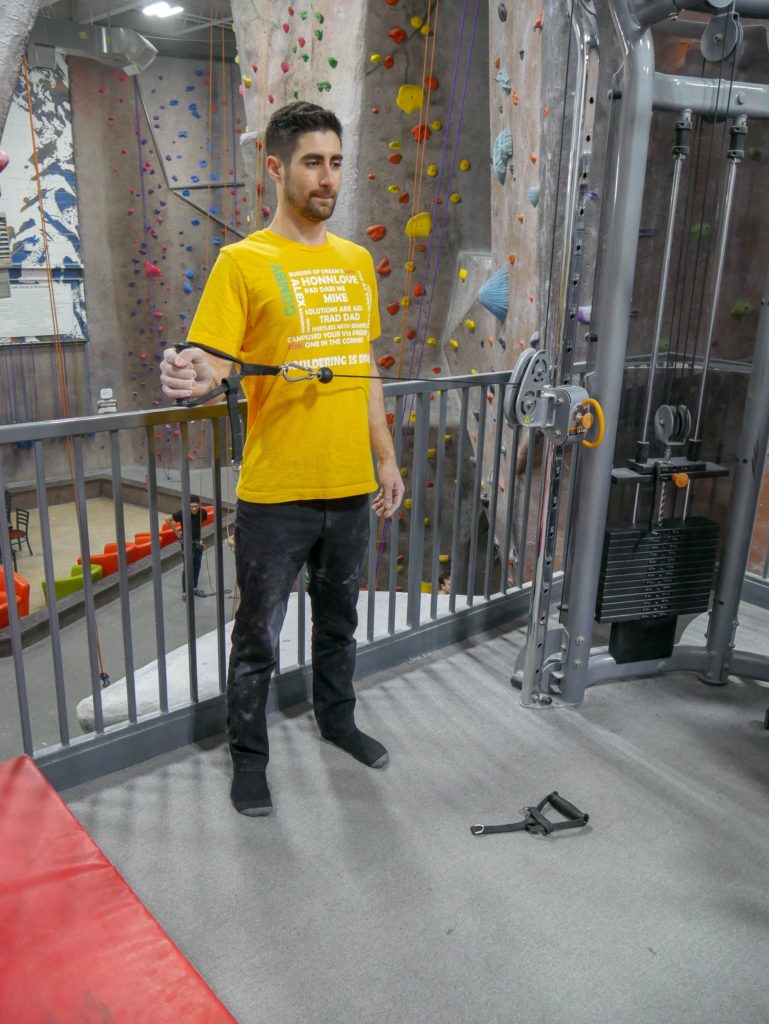
Finish
Lower limb injuries
Although less common than finger injuries, lower limb injuries most certainly occur in rock climbing. Whether it be from falling, or disadvantageous positions such as drop knees, a climber might face a lower limb injury in his or her career. The ACL and other supporting ligaments of the knee are at risk of tearing or rupture from dynamic leg movements. Hamstring and calf strains are a common occurrence as a result of heel hooking. Hip flexor strains might occur from high foot positions and stemming. Nearly every athlete across any sport can benefit from strengthening their glutes. Your glutes are a tremendously important component to your core and having a strong core requires having developed leg musculature! Stronger legs stronger stance!
Lower limb warm up/rehab:
2 sets 25 heavy goblet squat
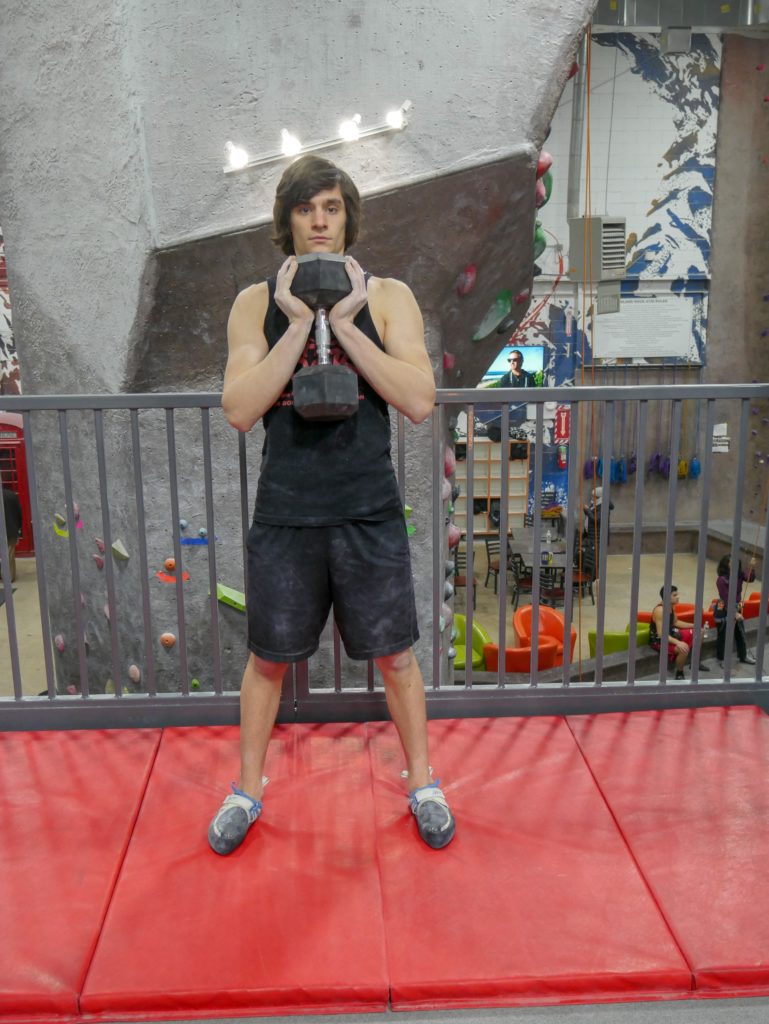
Start 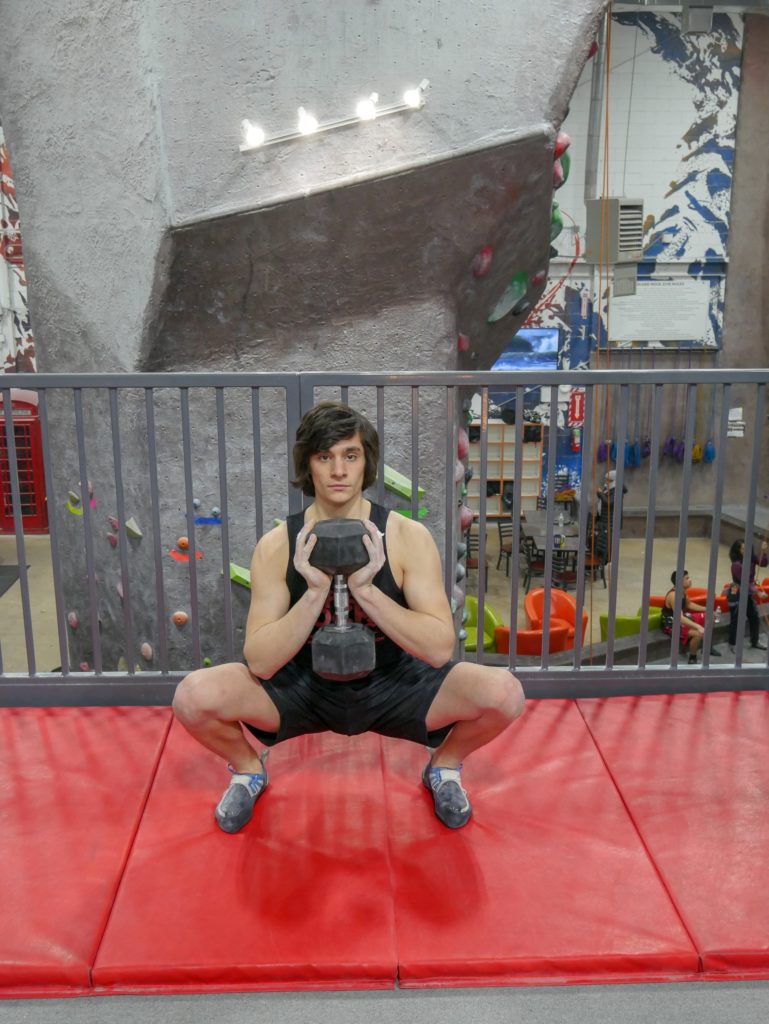
Finish
2 sets 15 lunges each leg
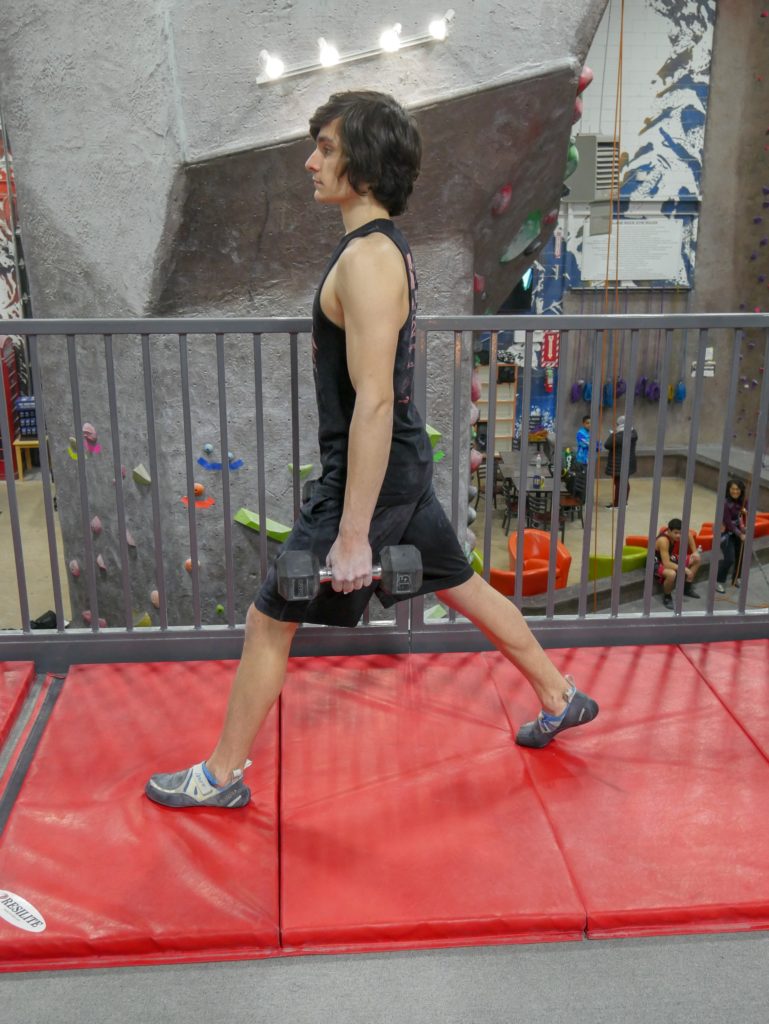
Start 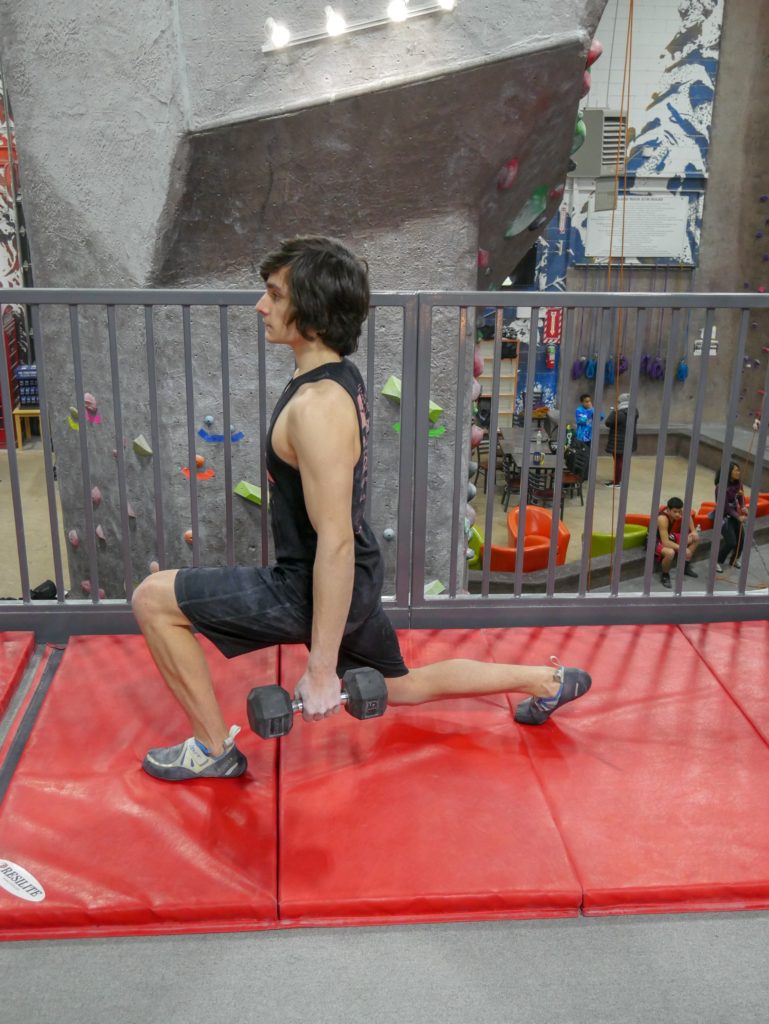
Finish
2 sets 15 heavy glute bridges
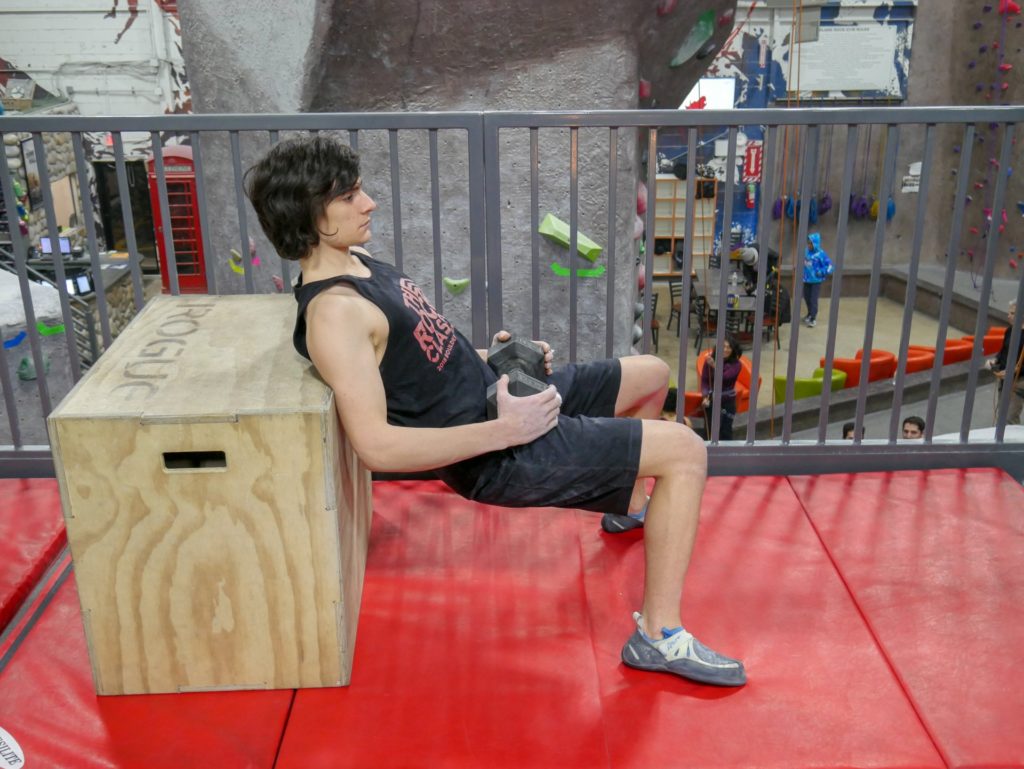
Start 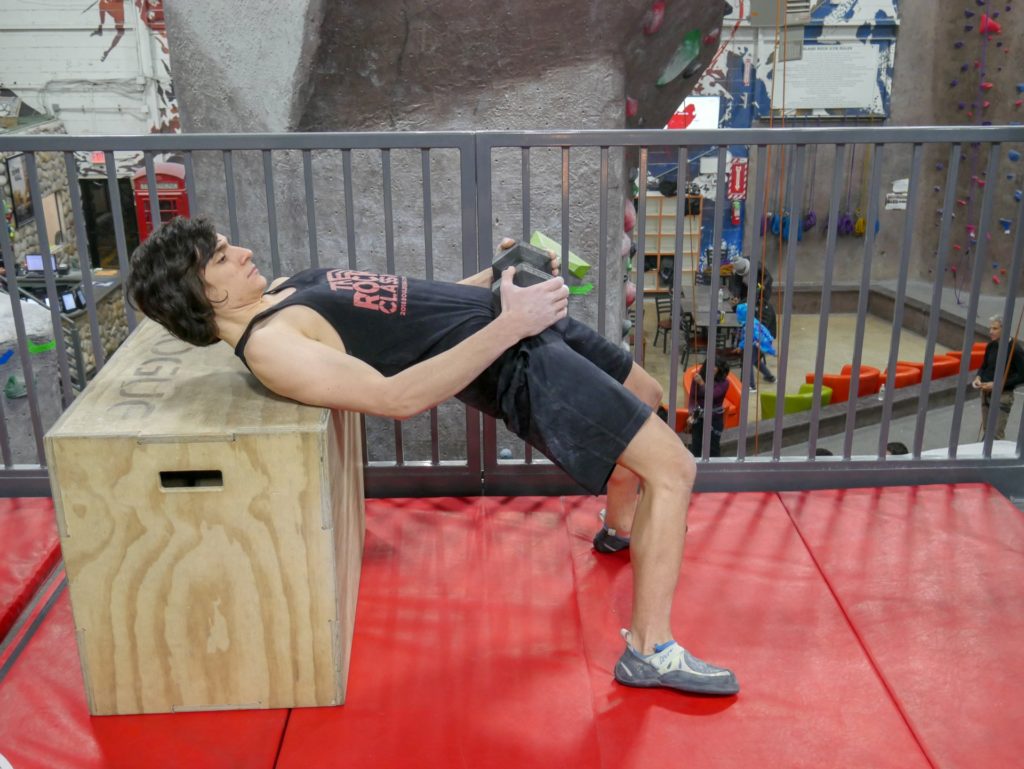
Finish
2 sets 20 alternating inside outside cable hamstring curls

1 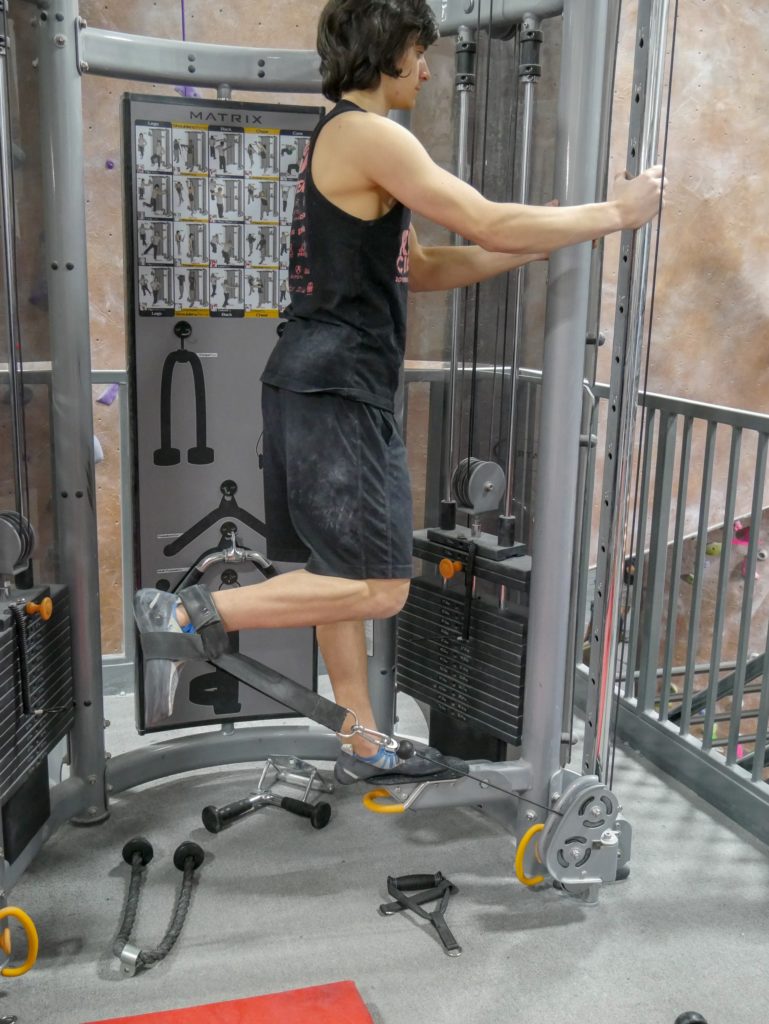
2a 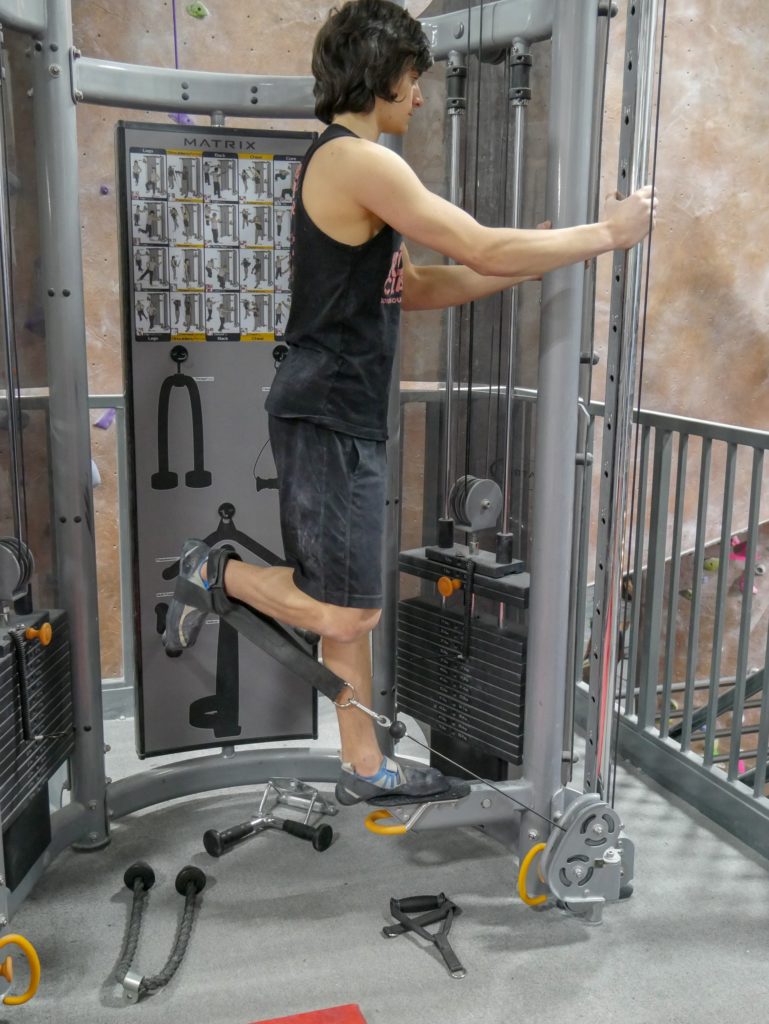
2b
2 sets 20 weighted side lunge transfers

1 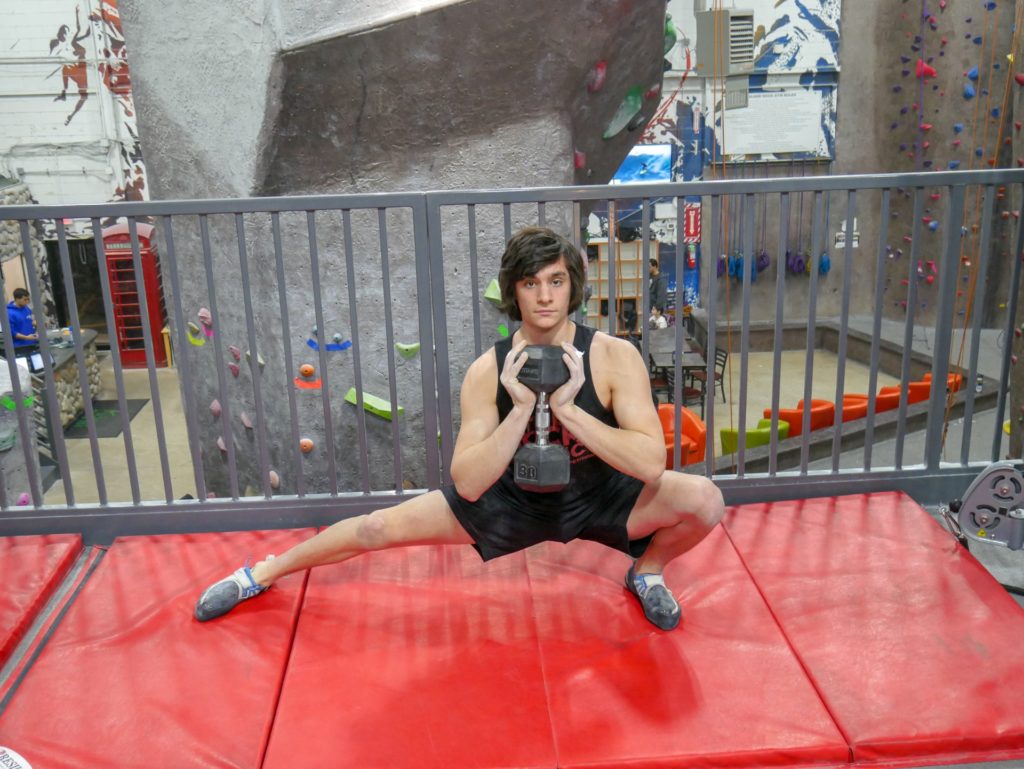
2 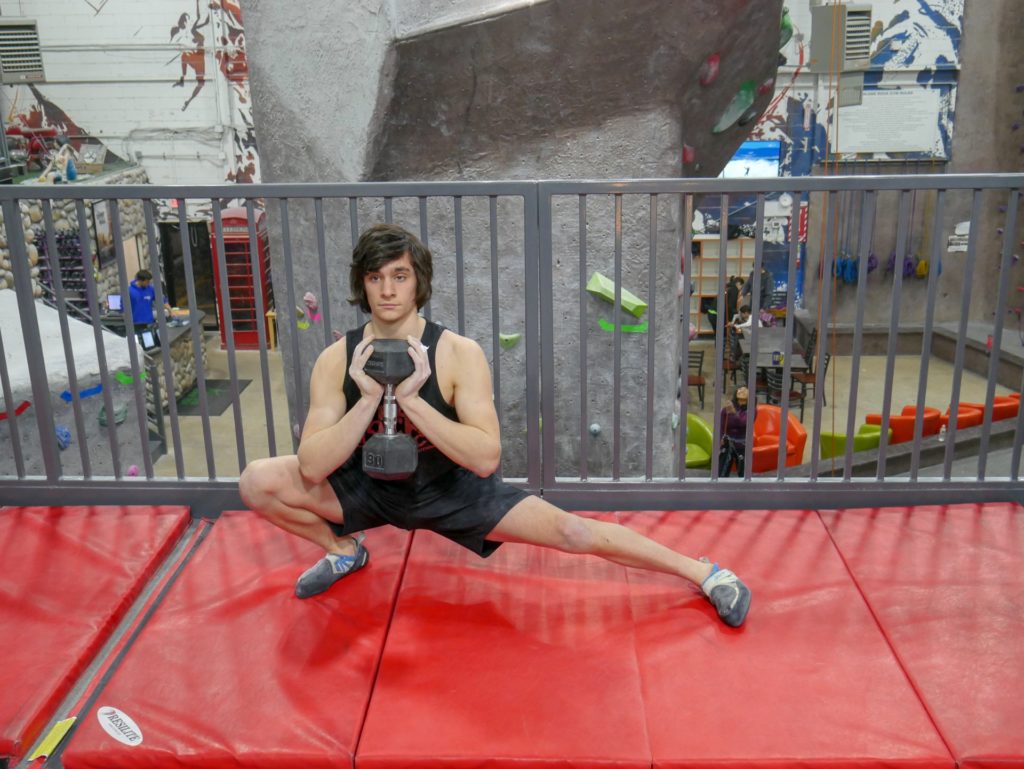
3
2 sets 1 min banded side stepping
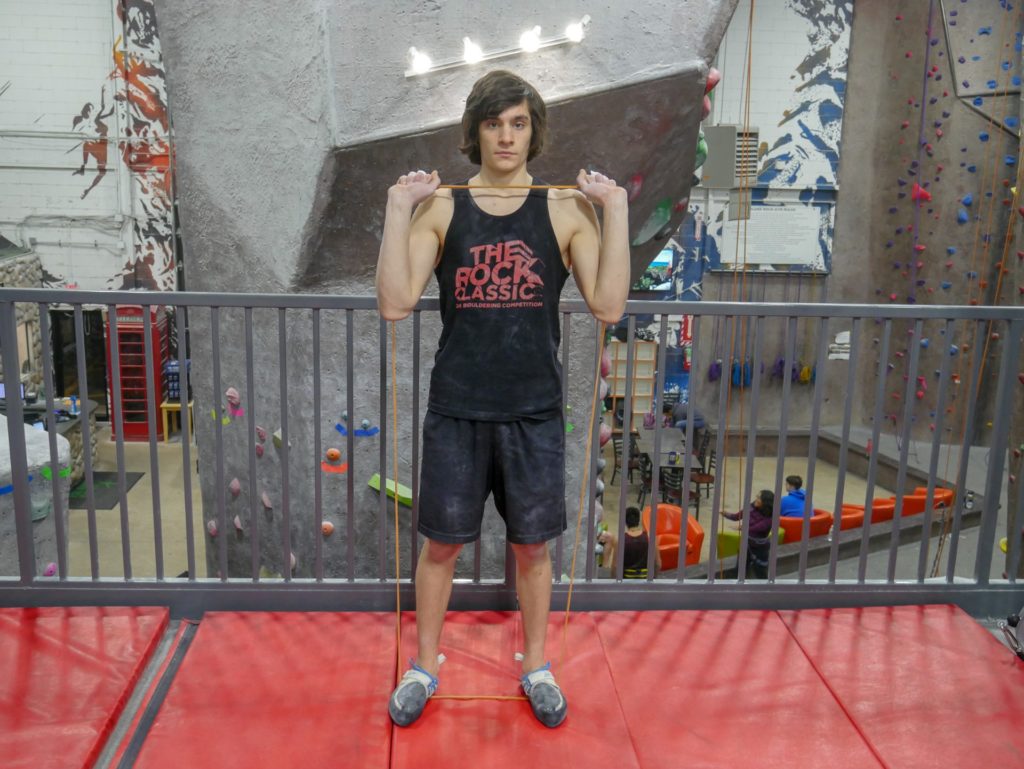
1 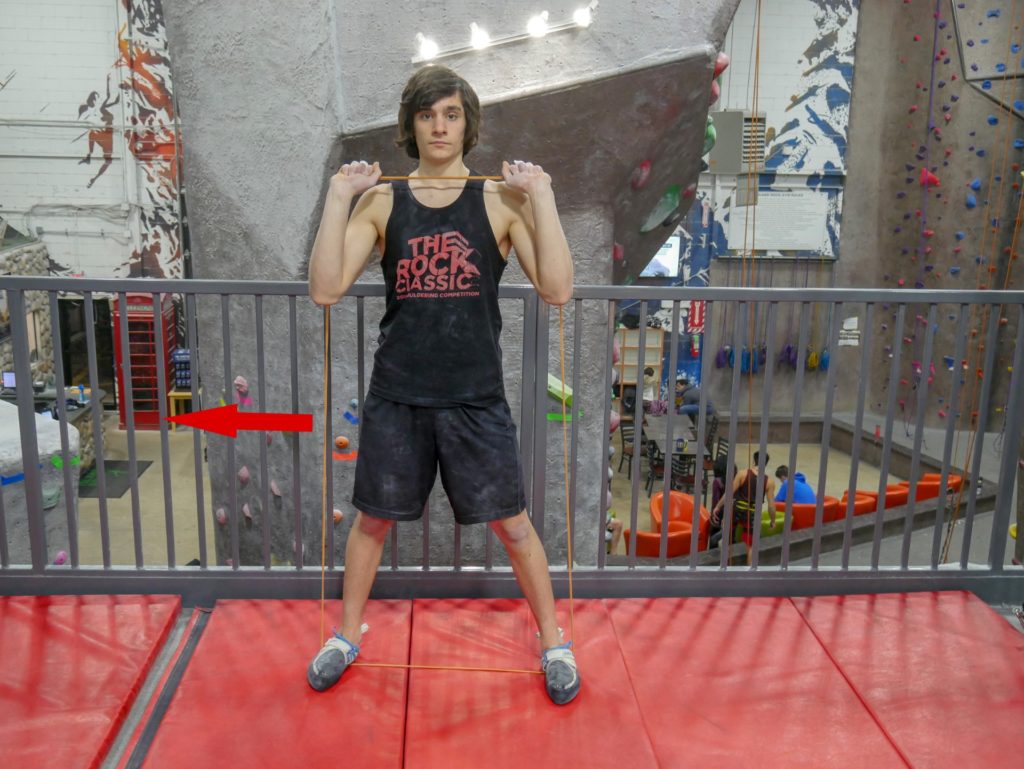
2a 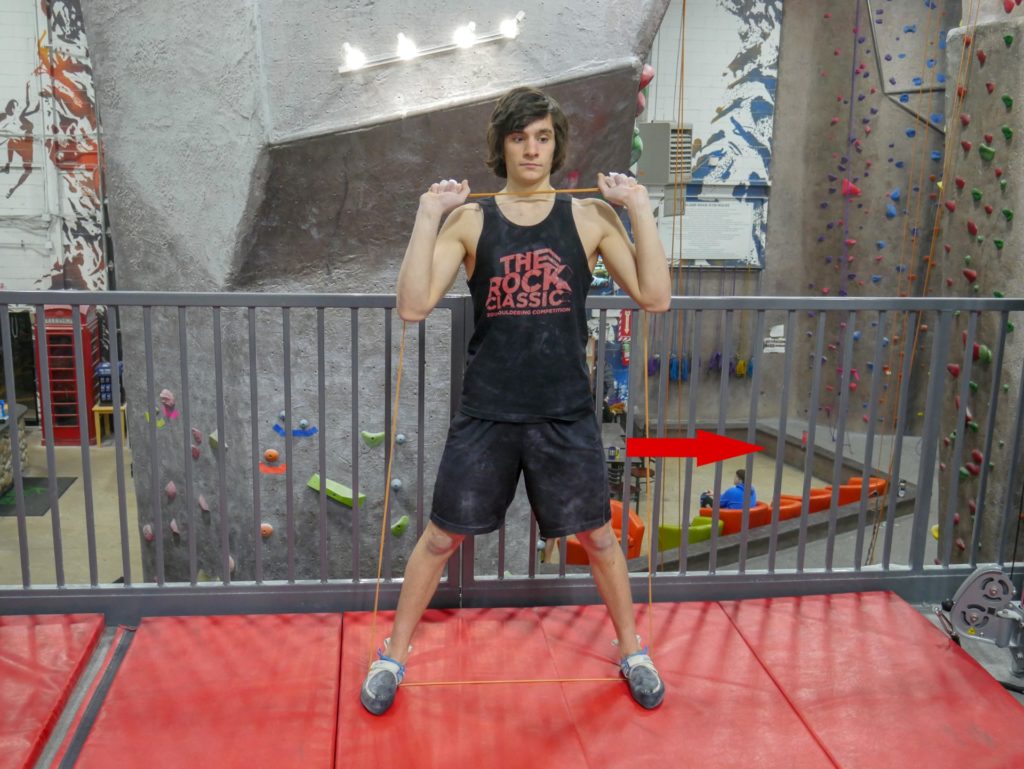
2b
2 sets 20 romanian deadlifts
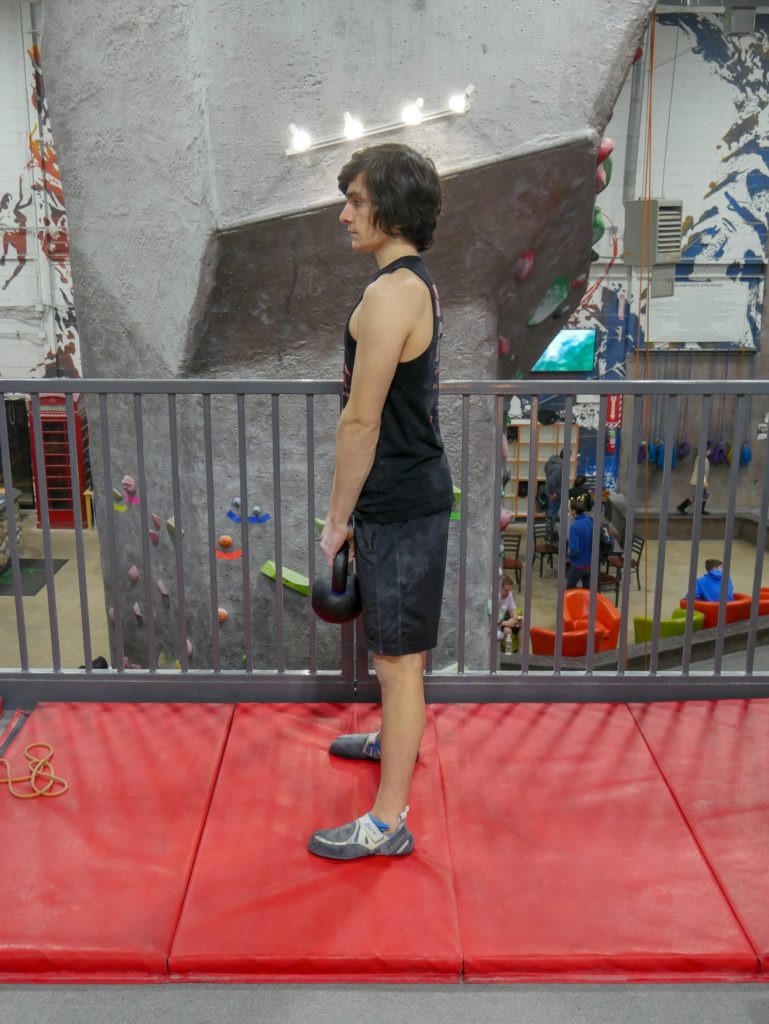
Start 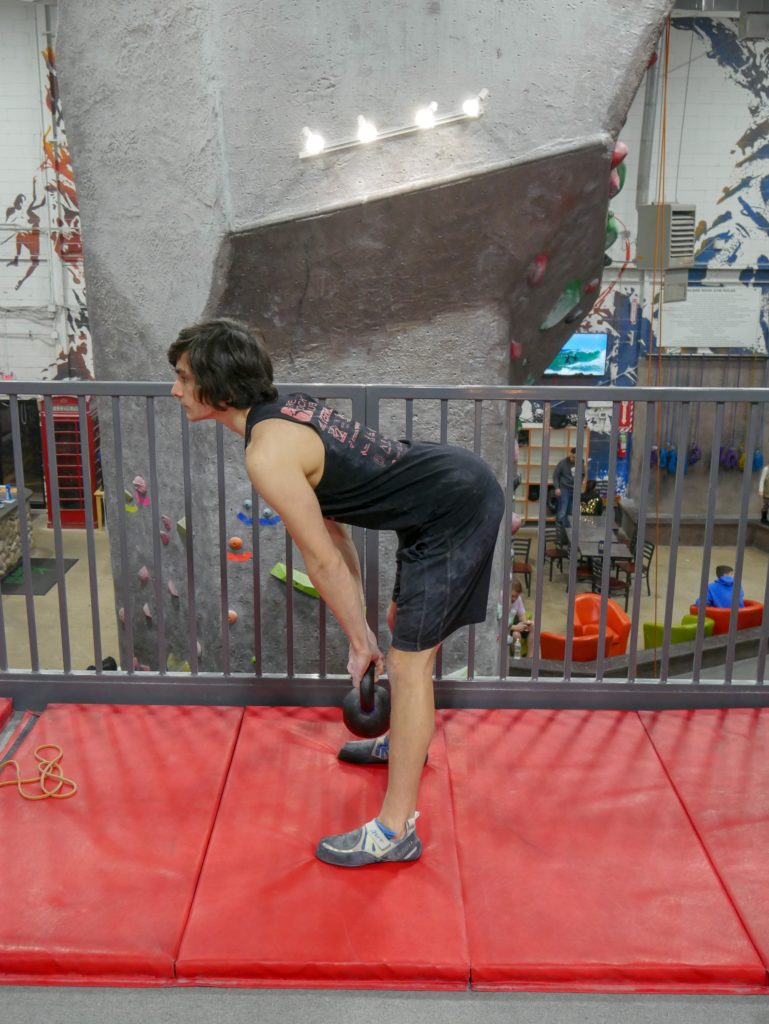
Finish

